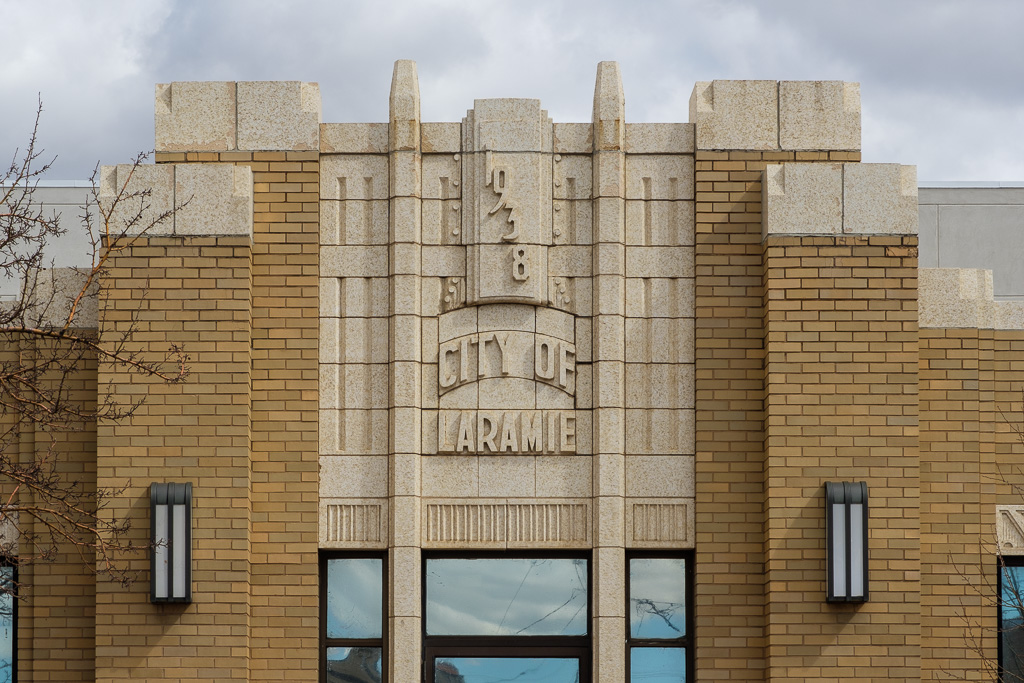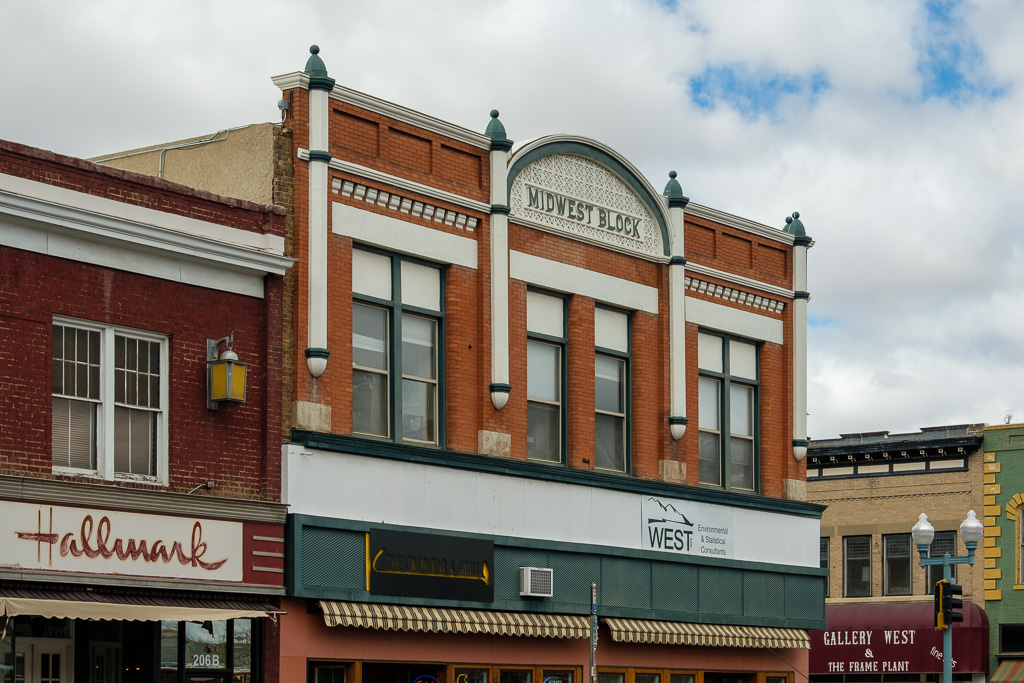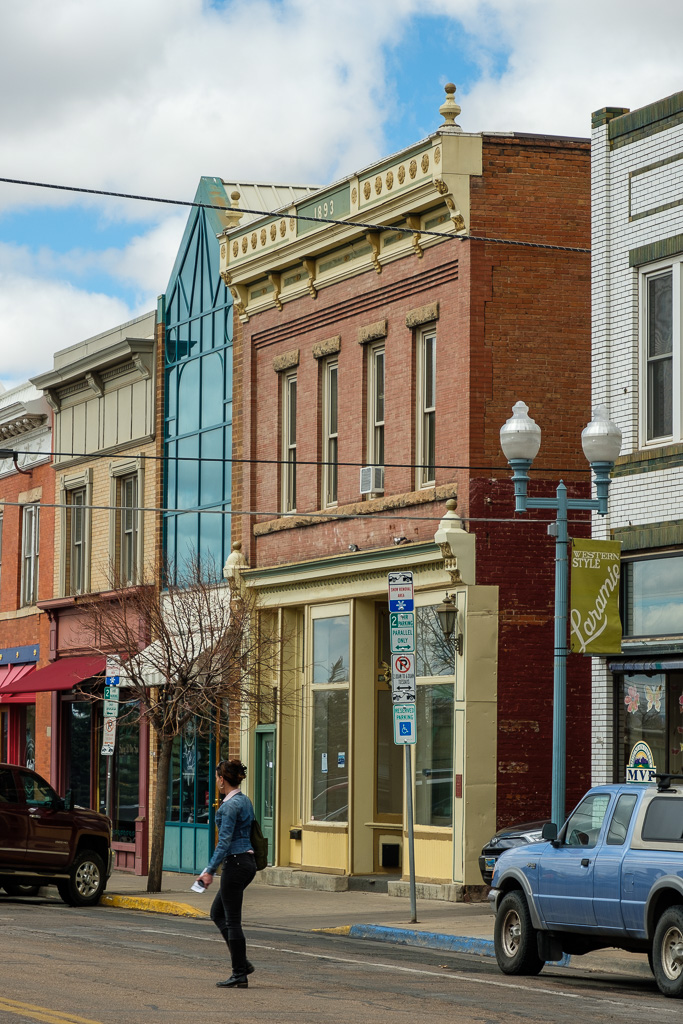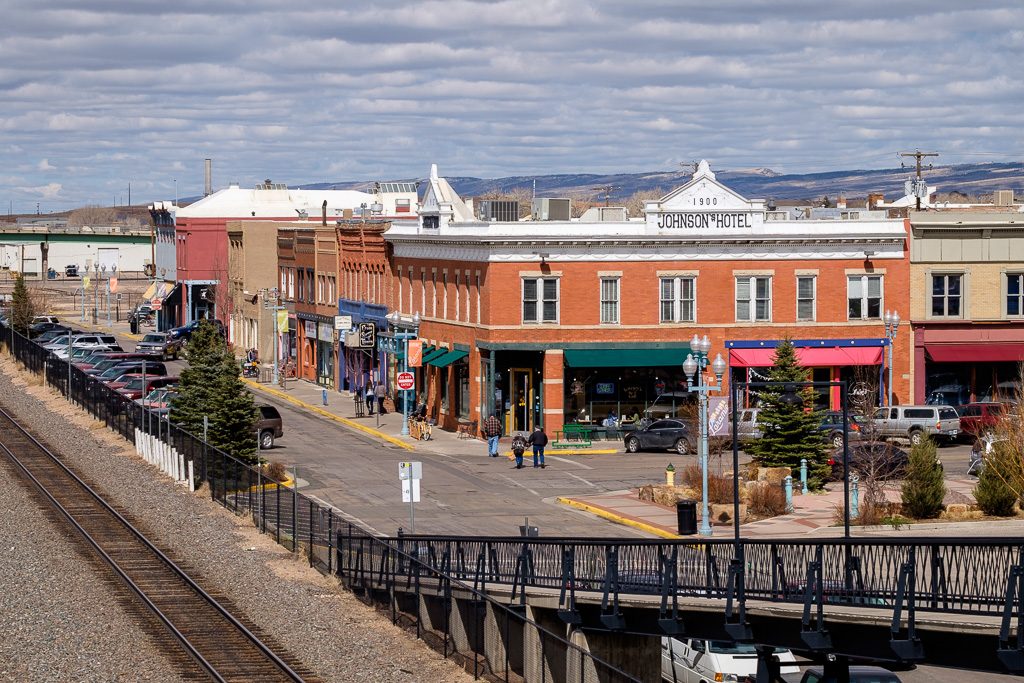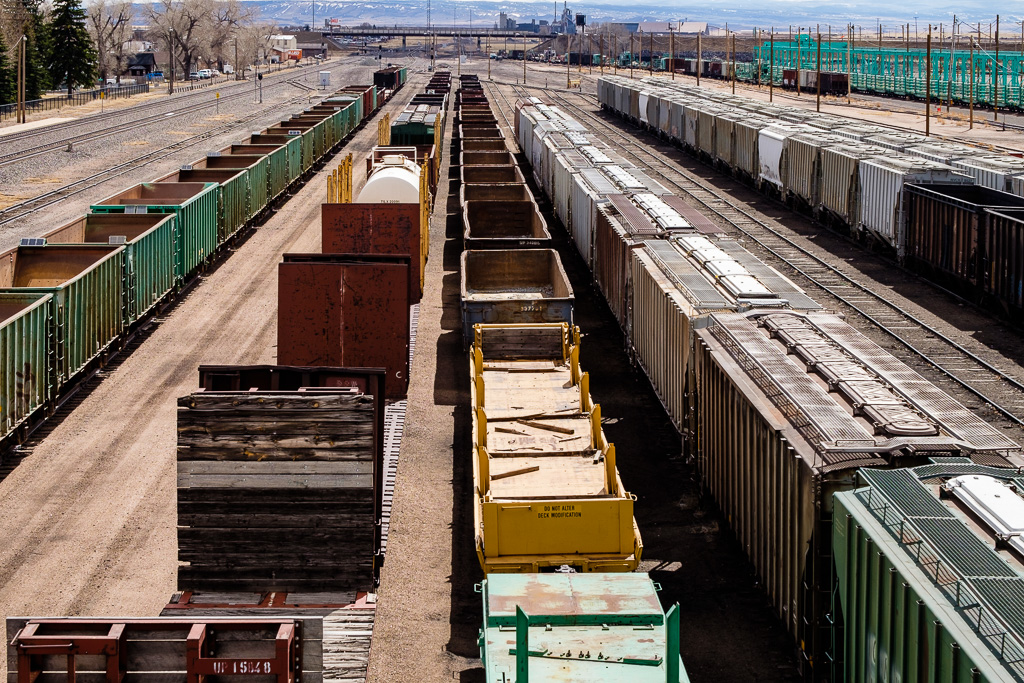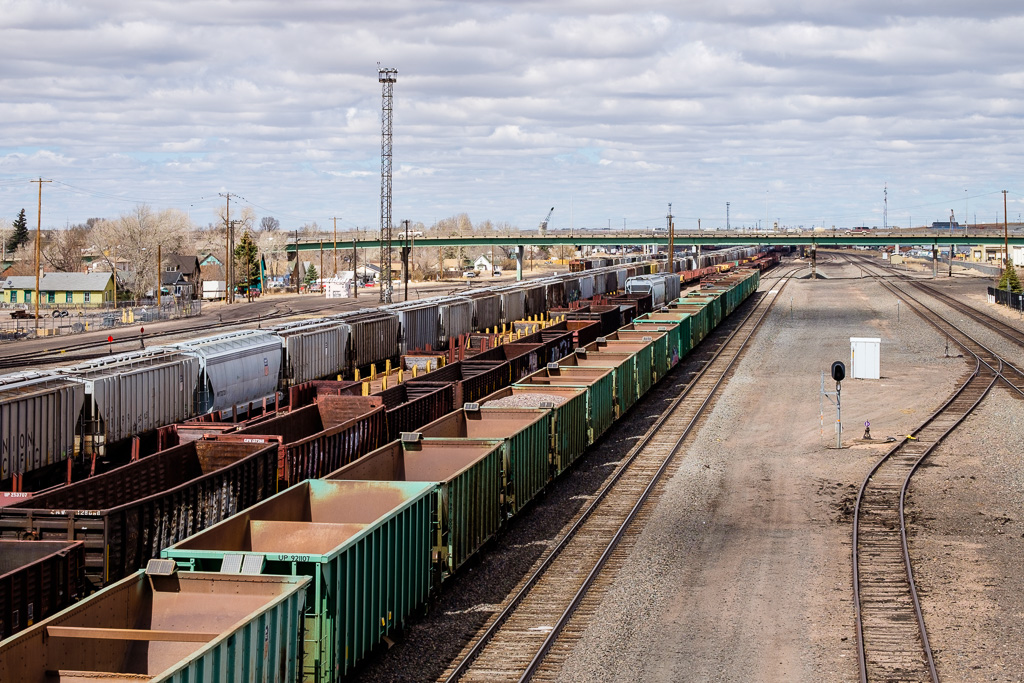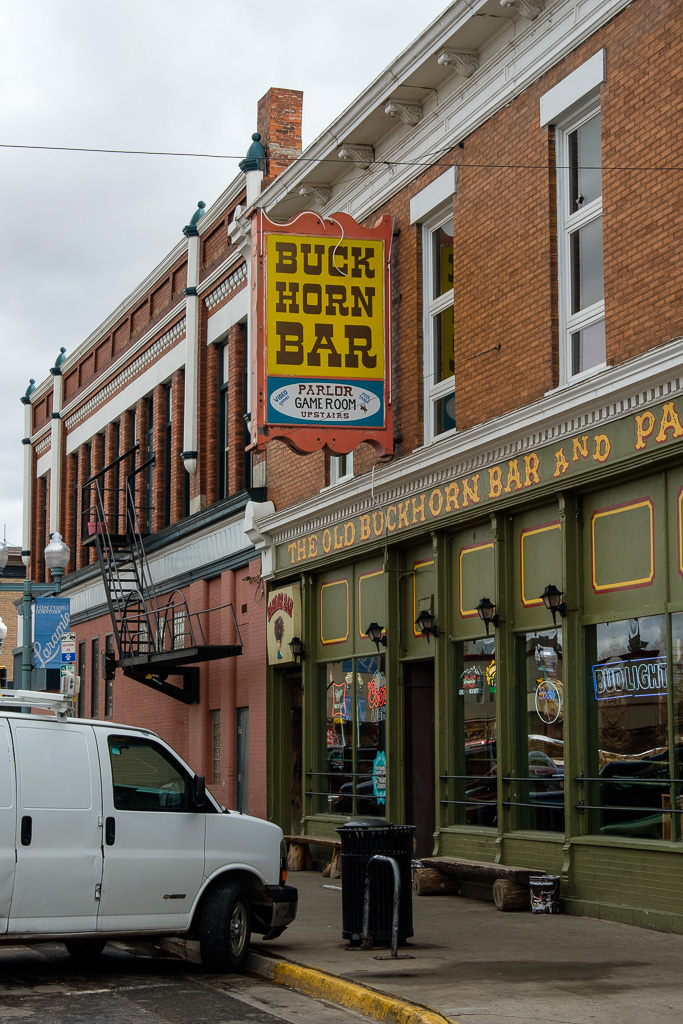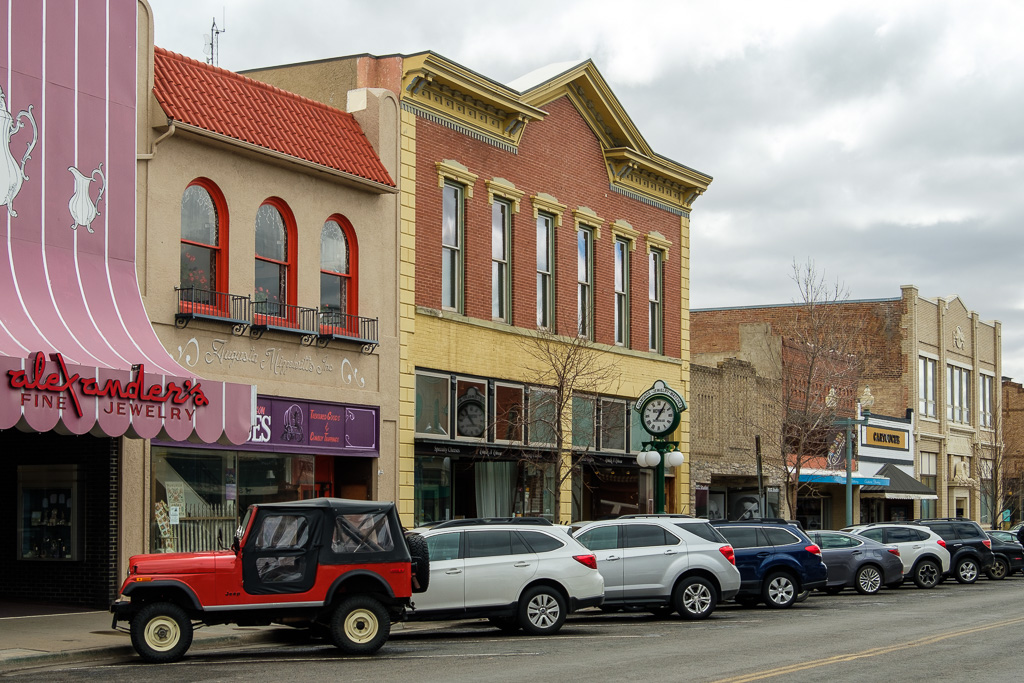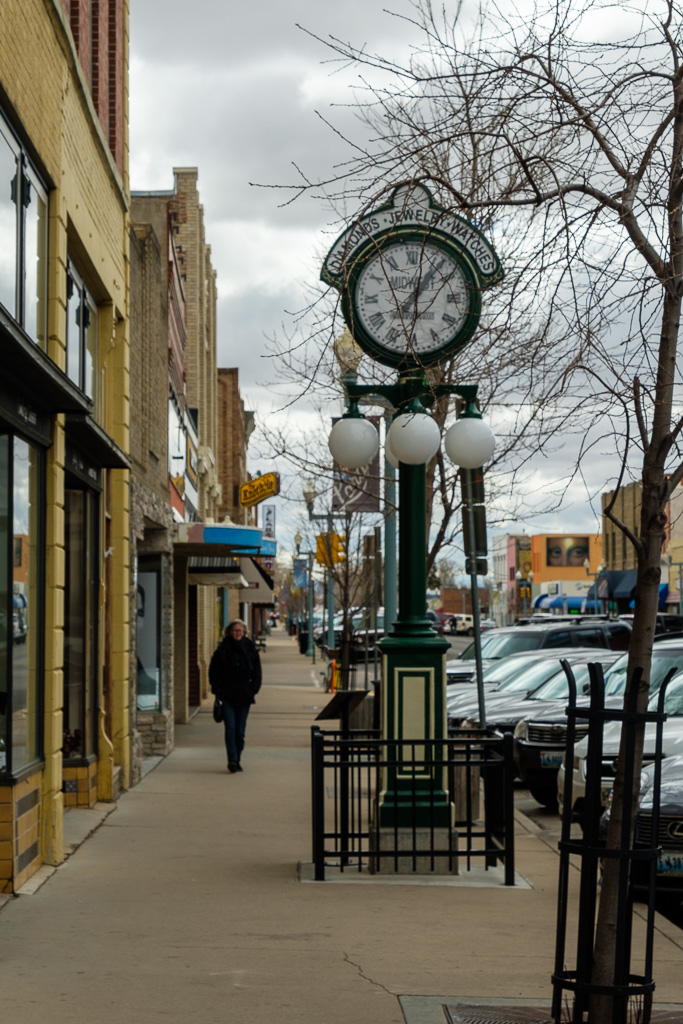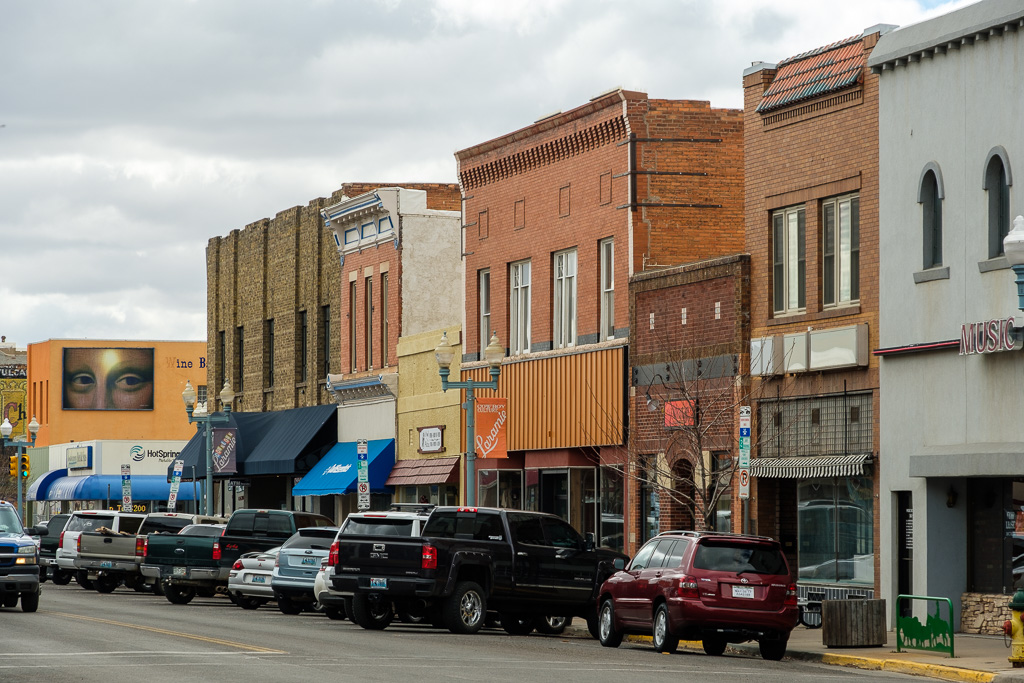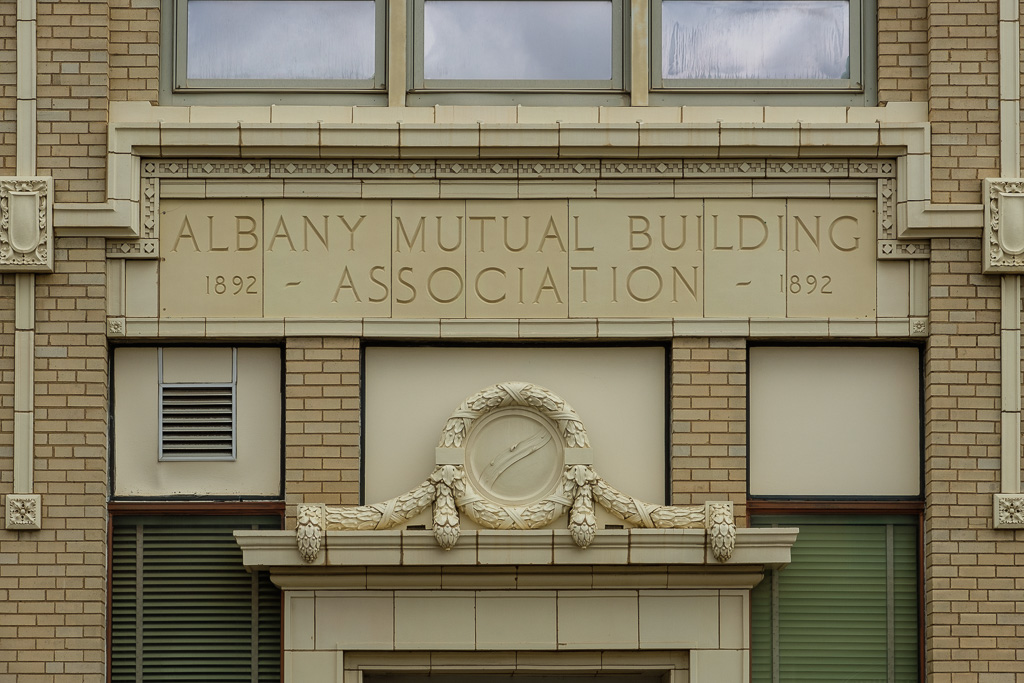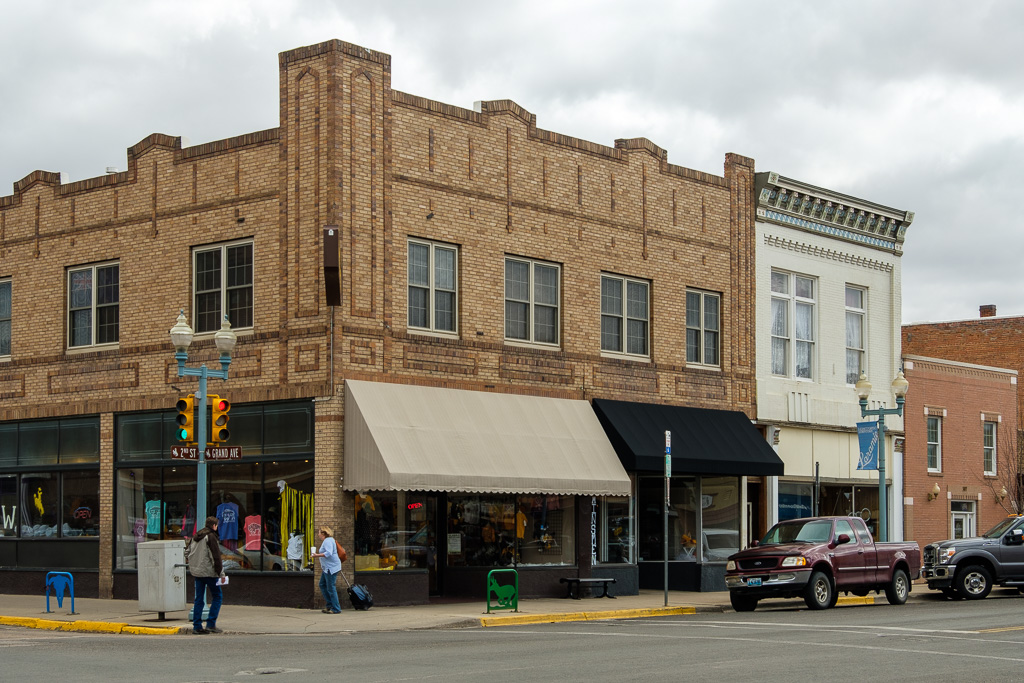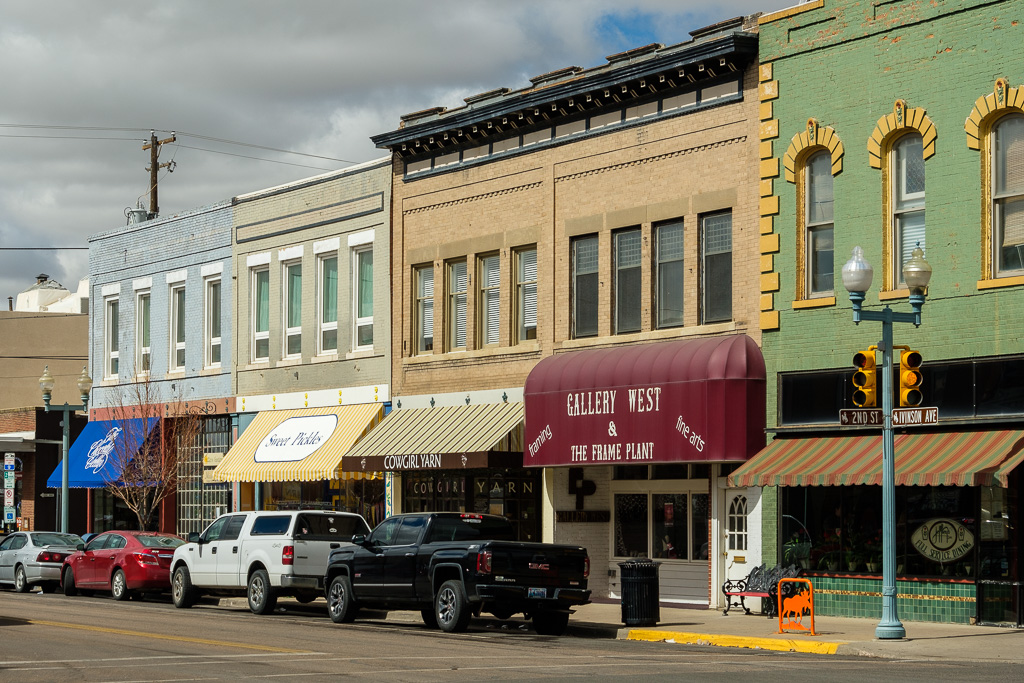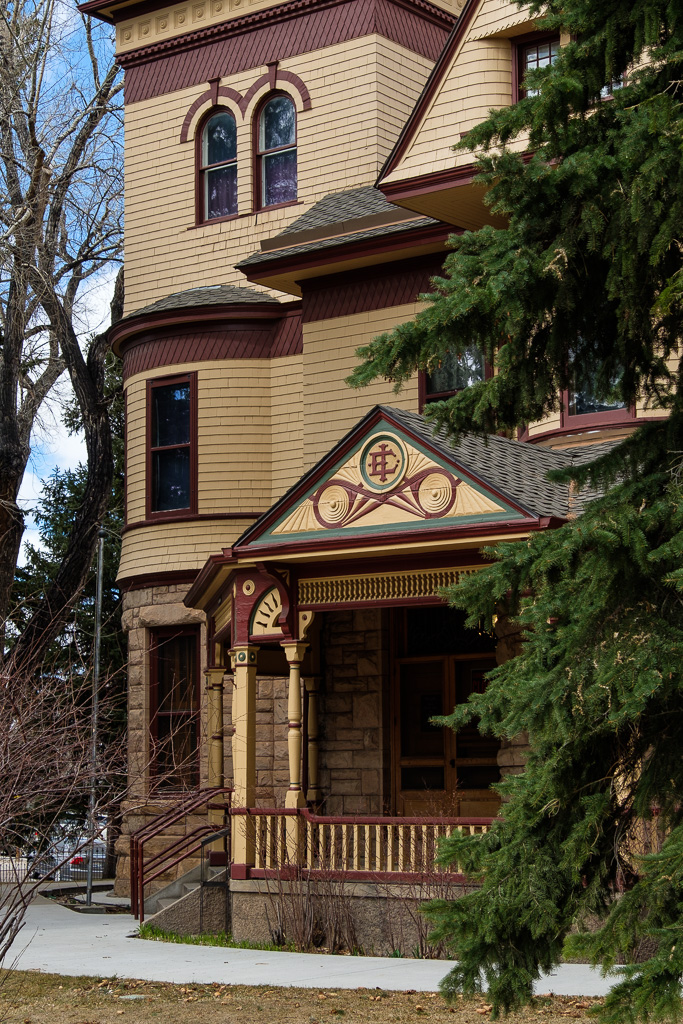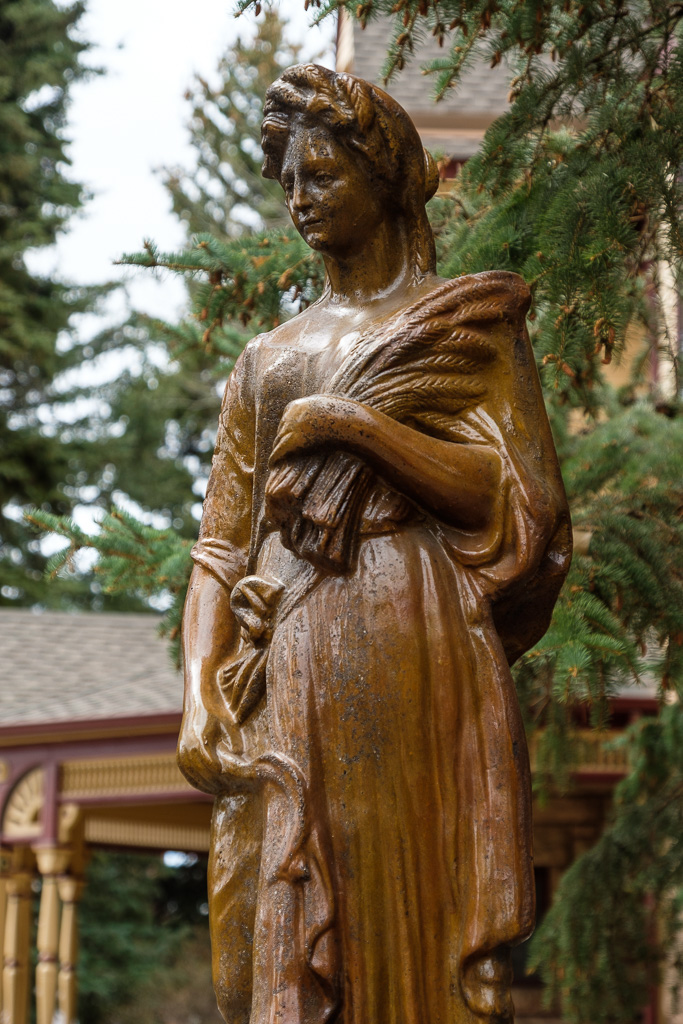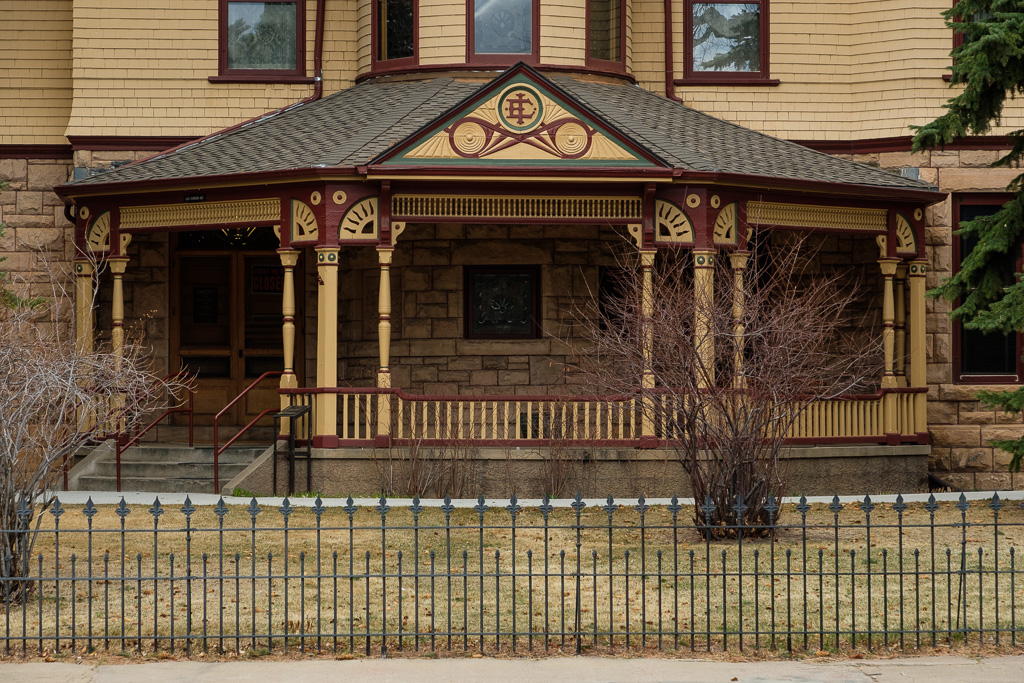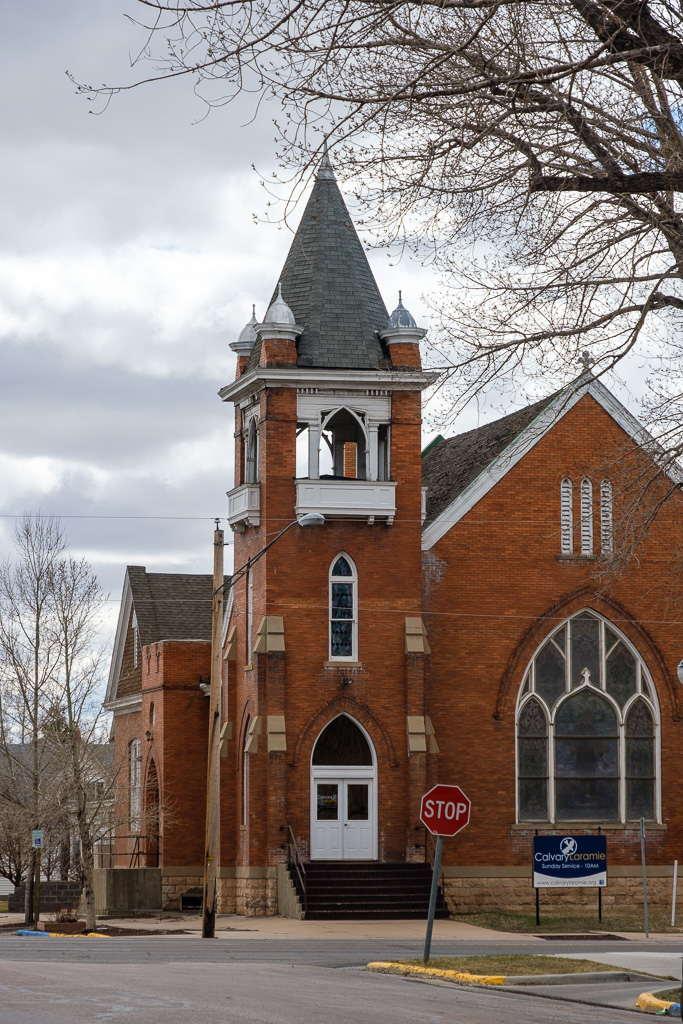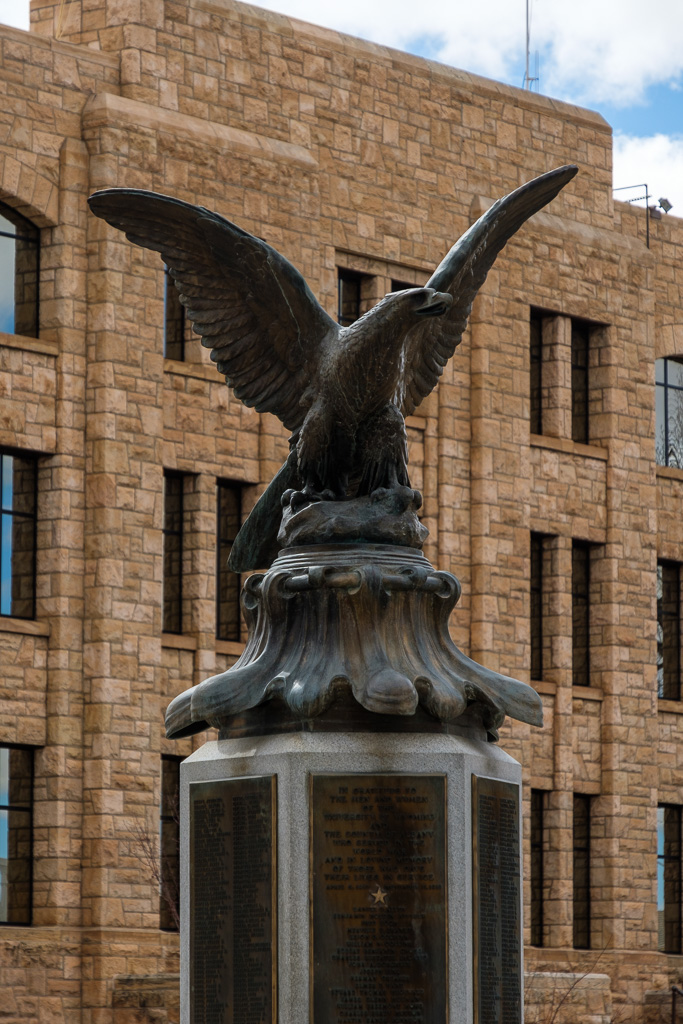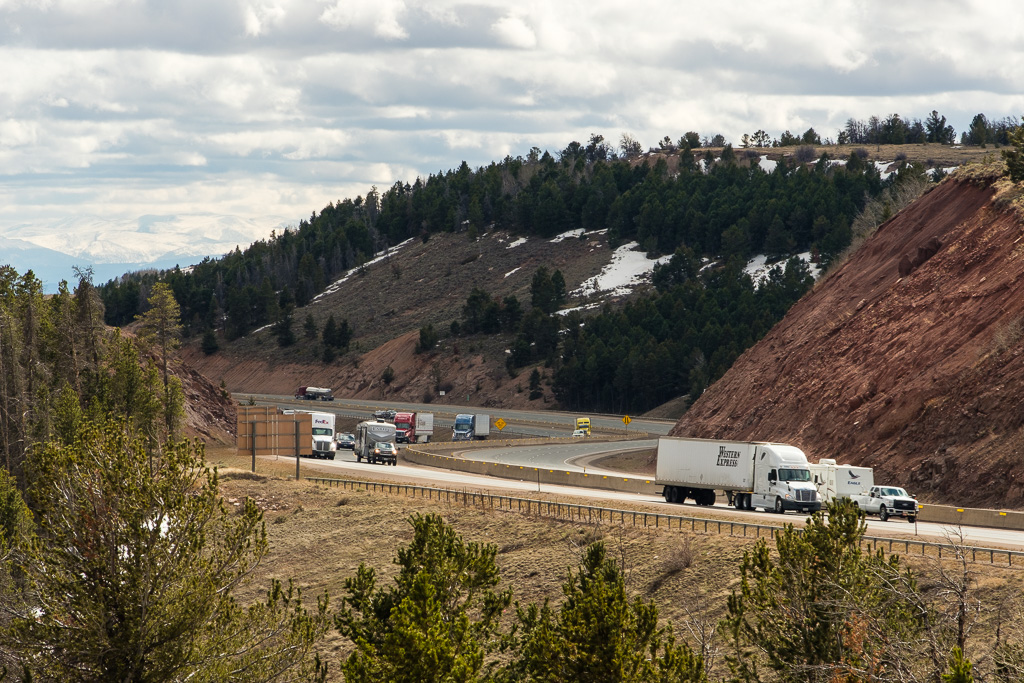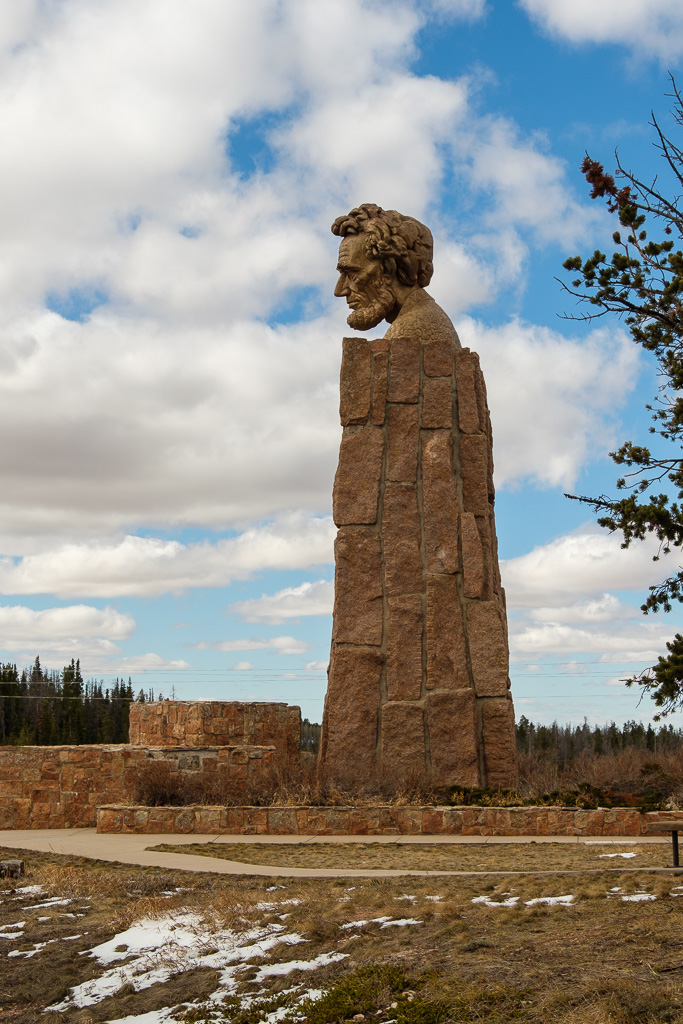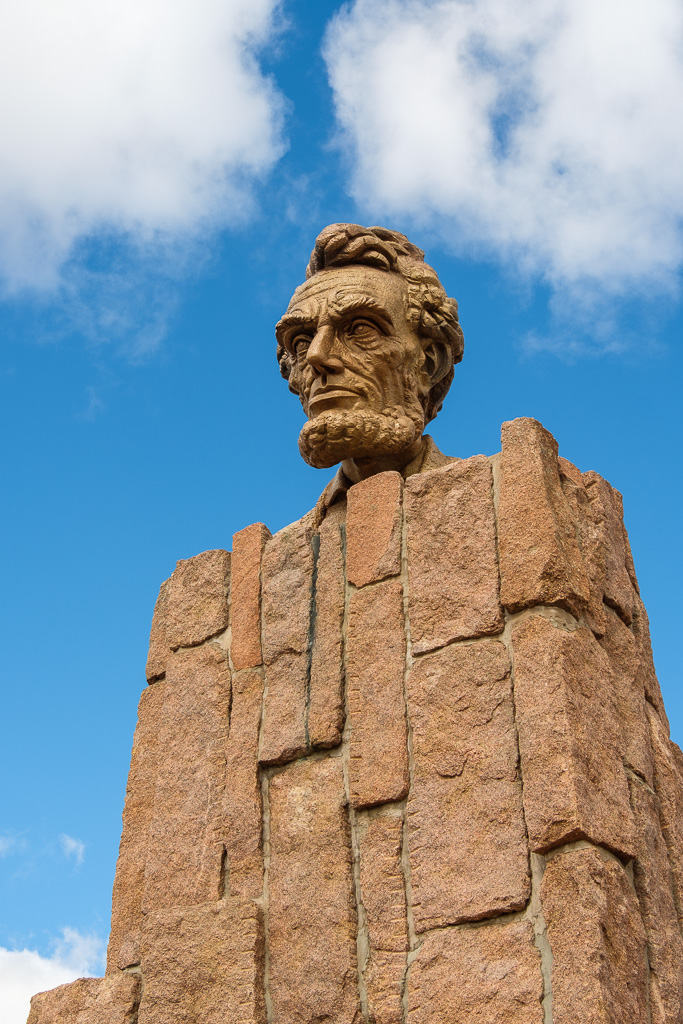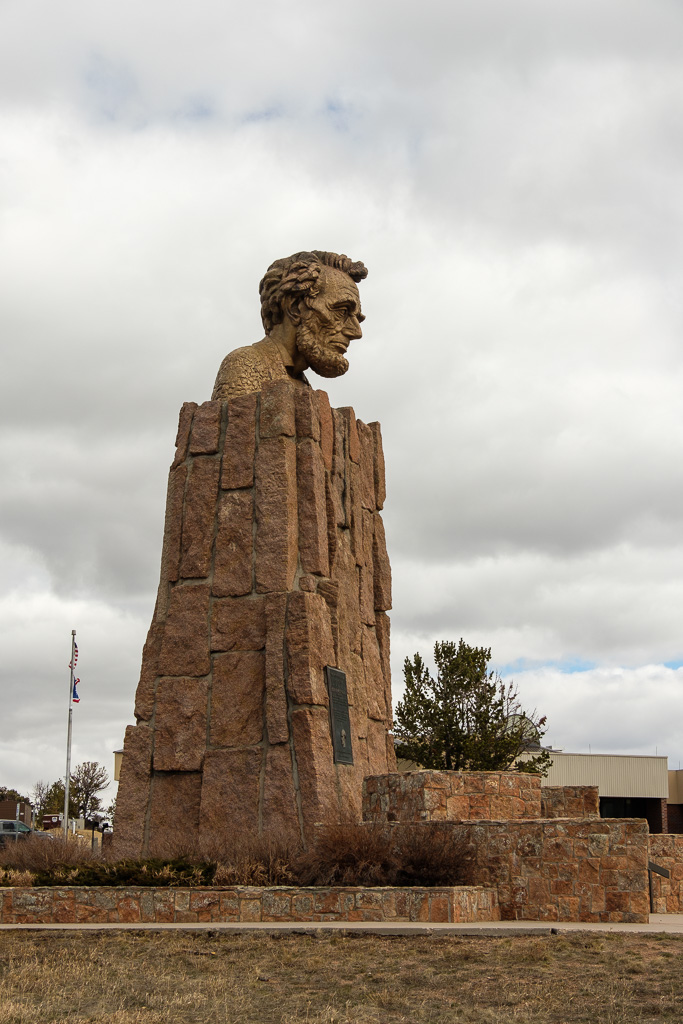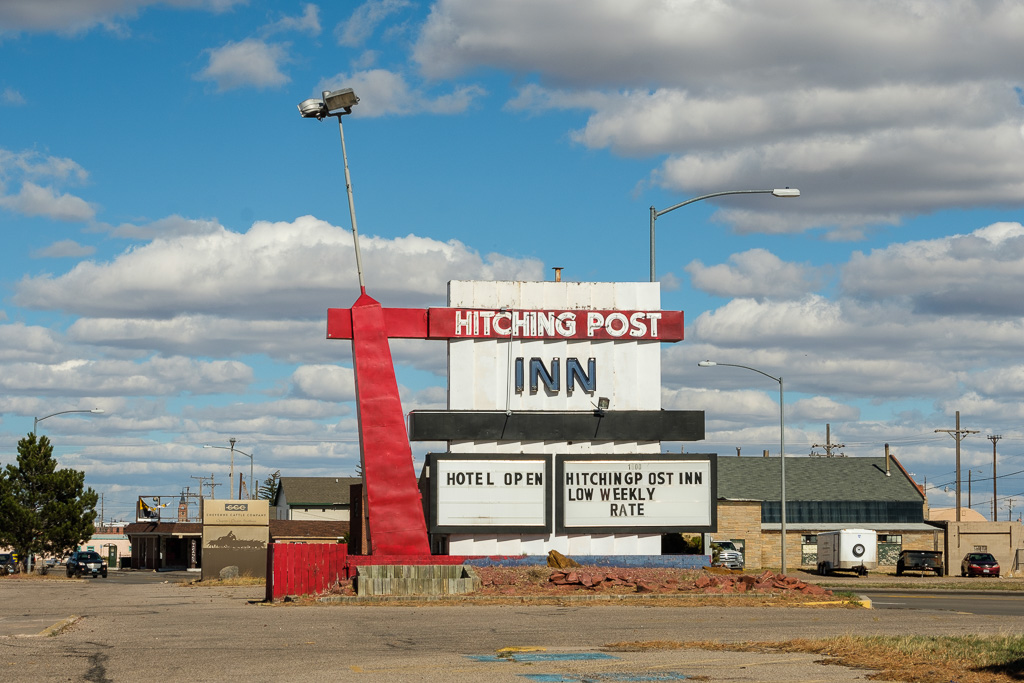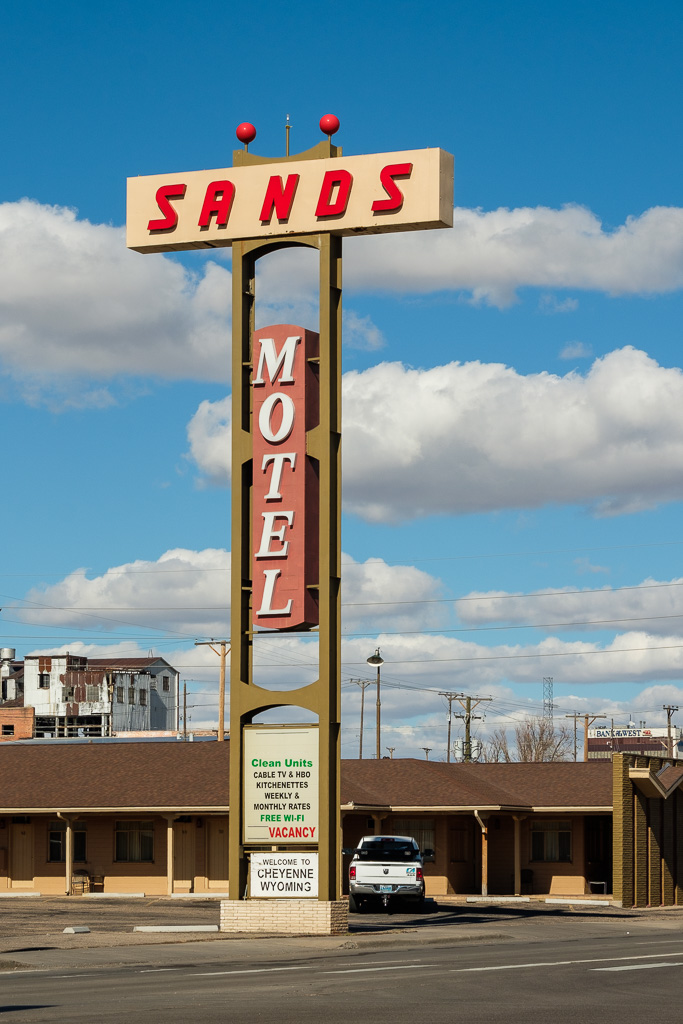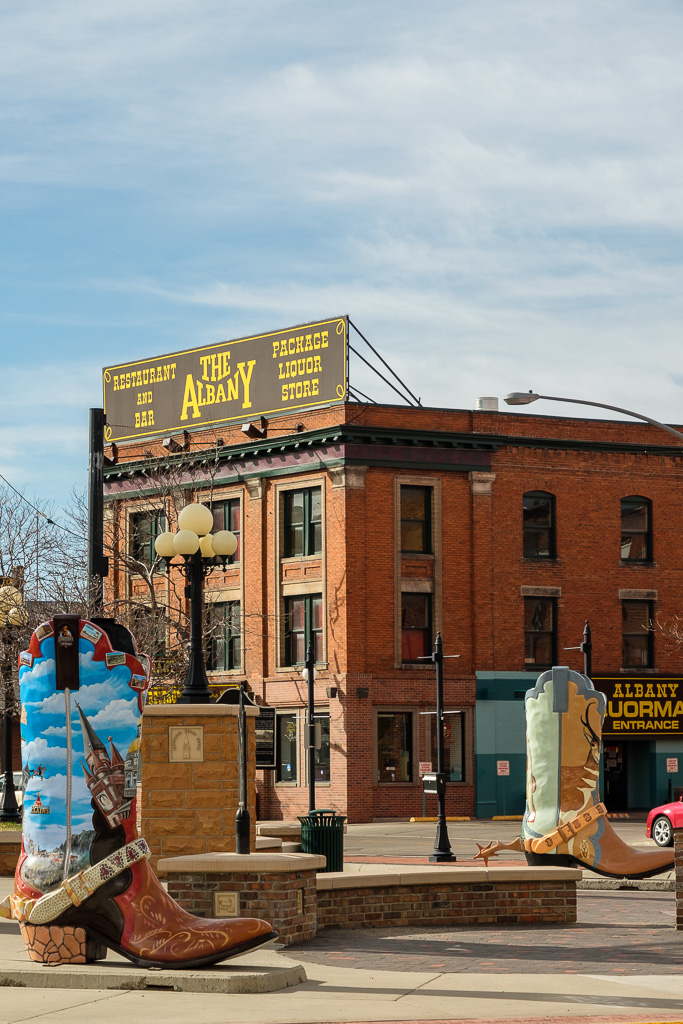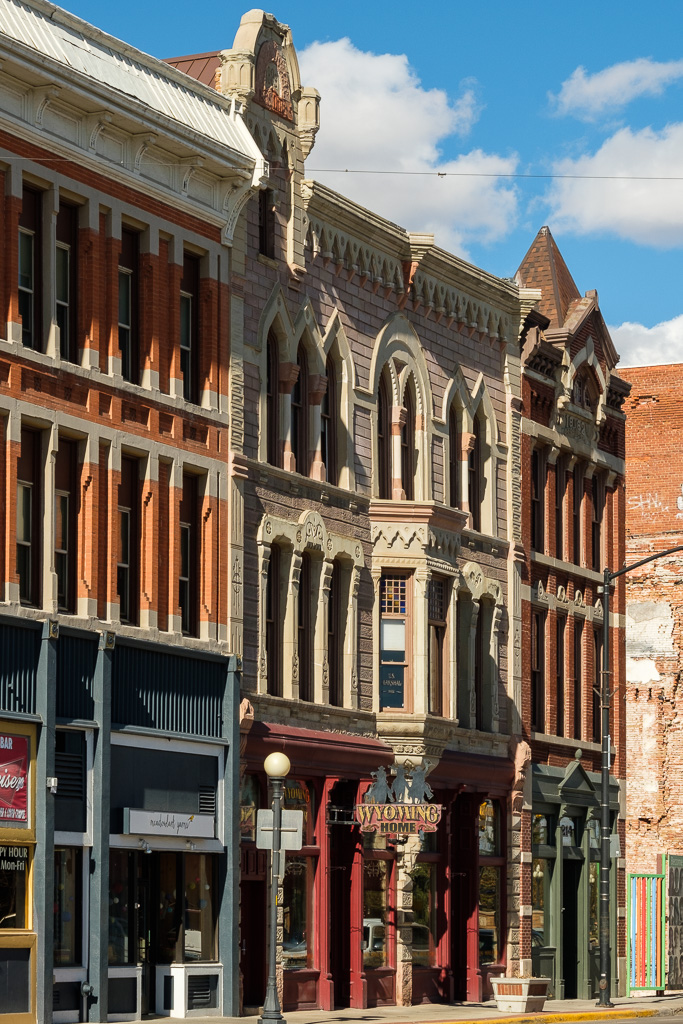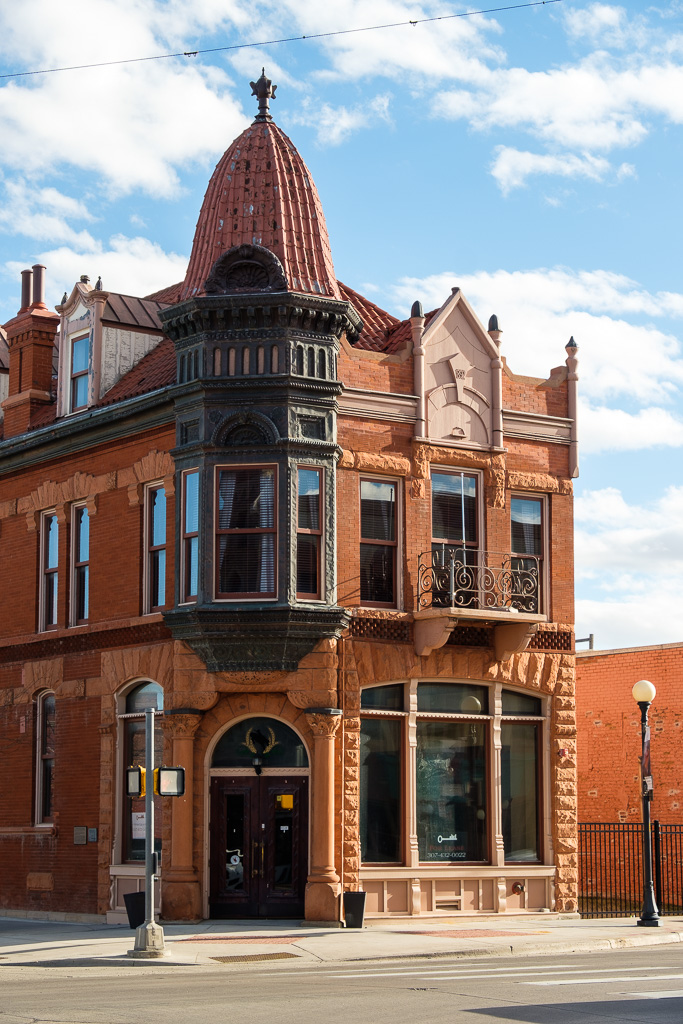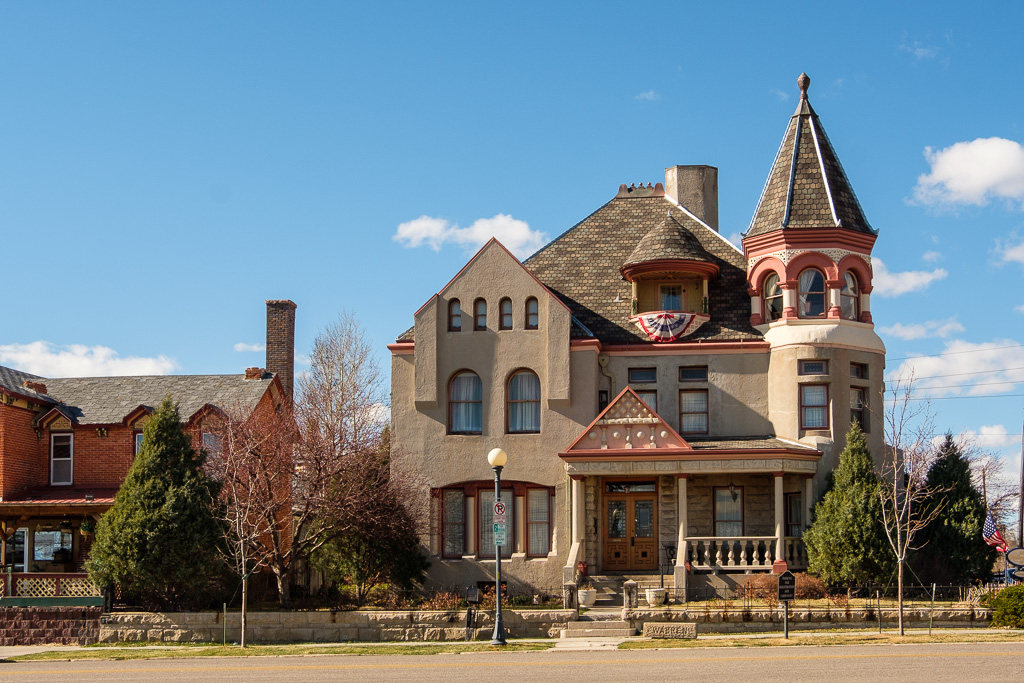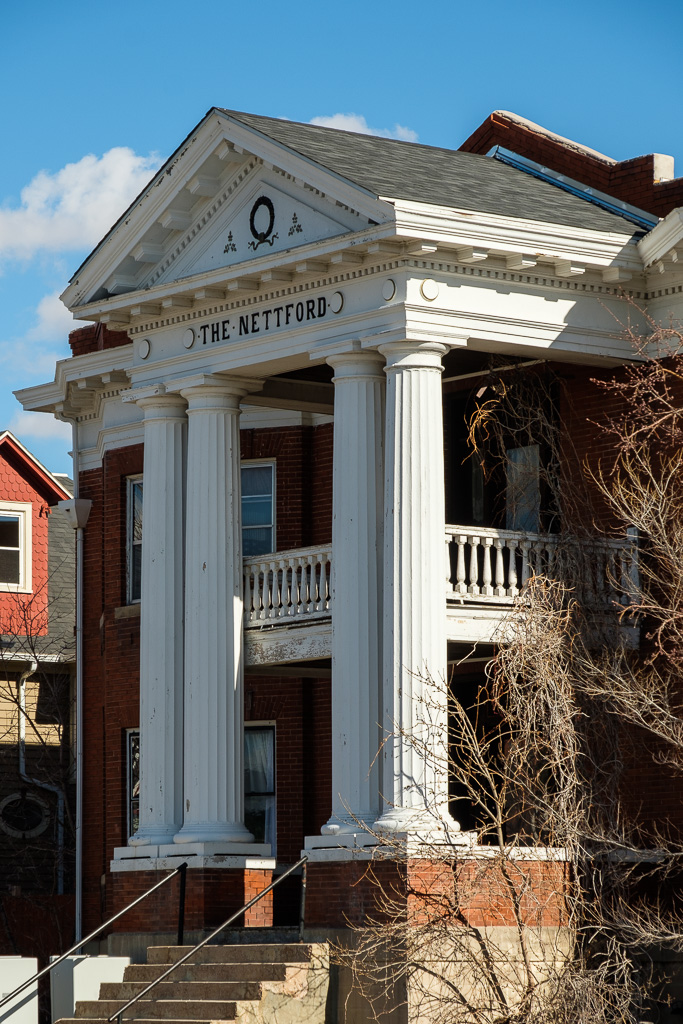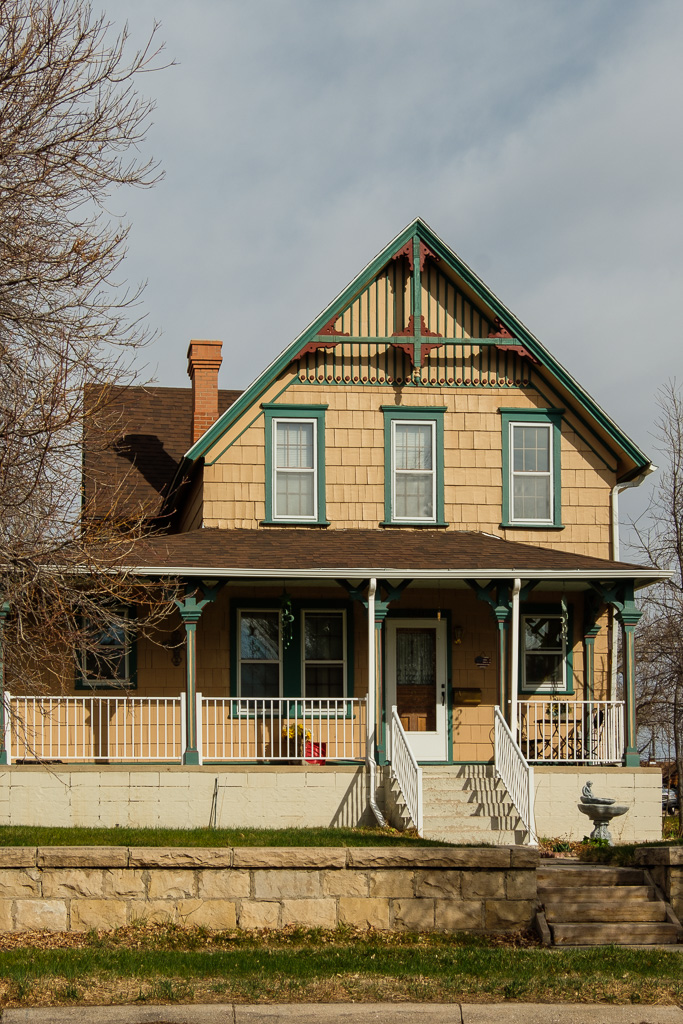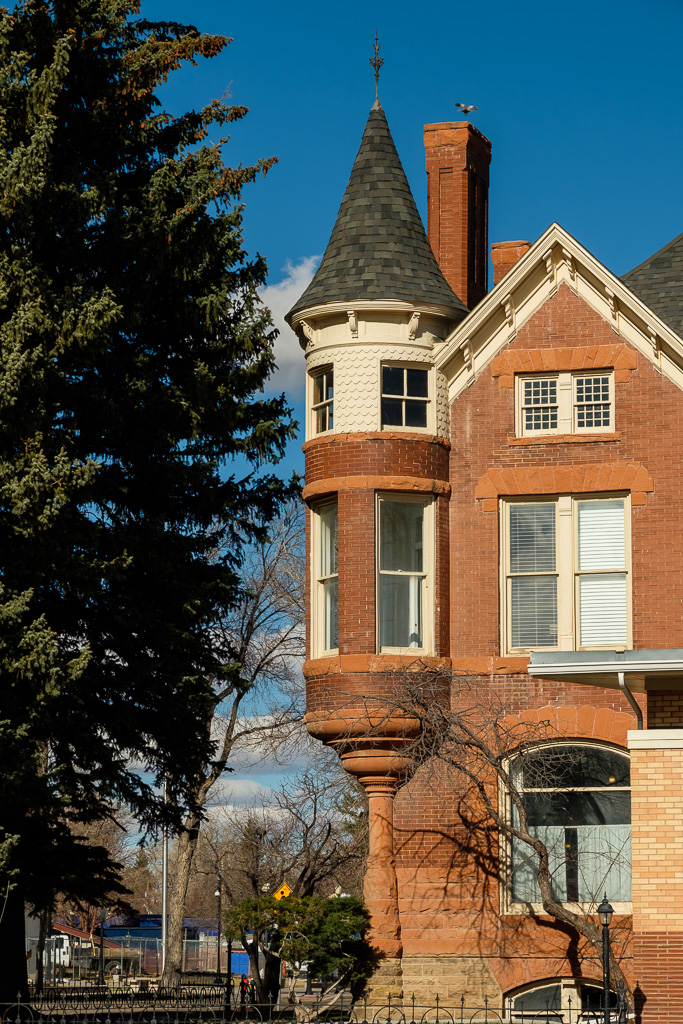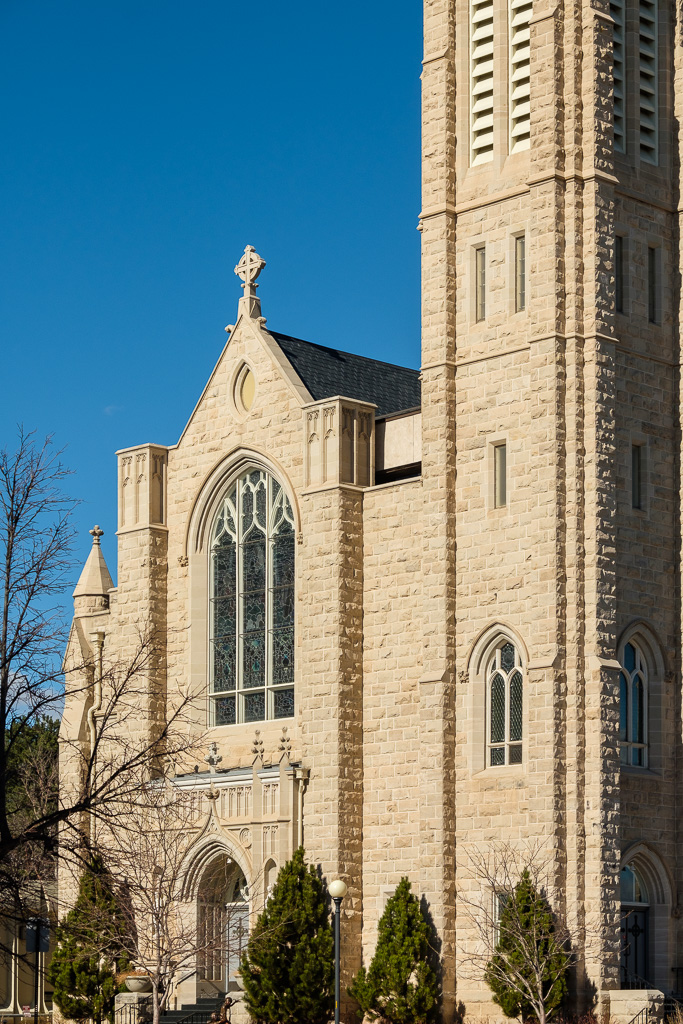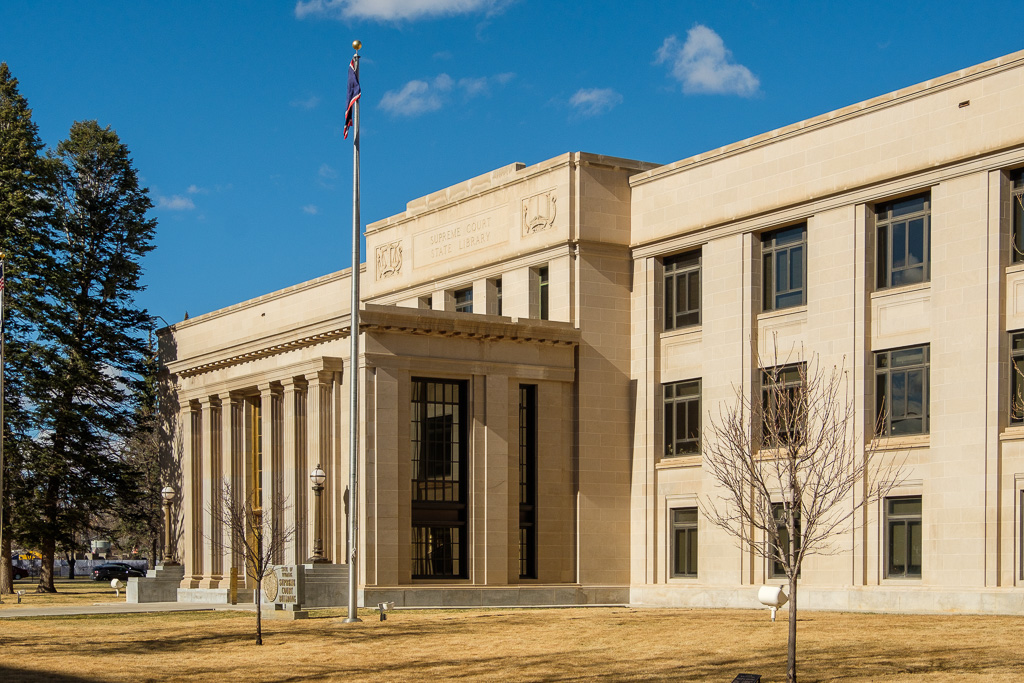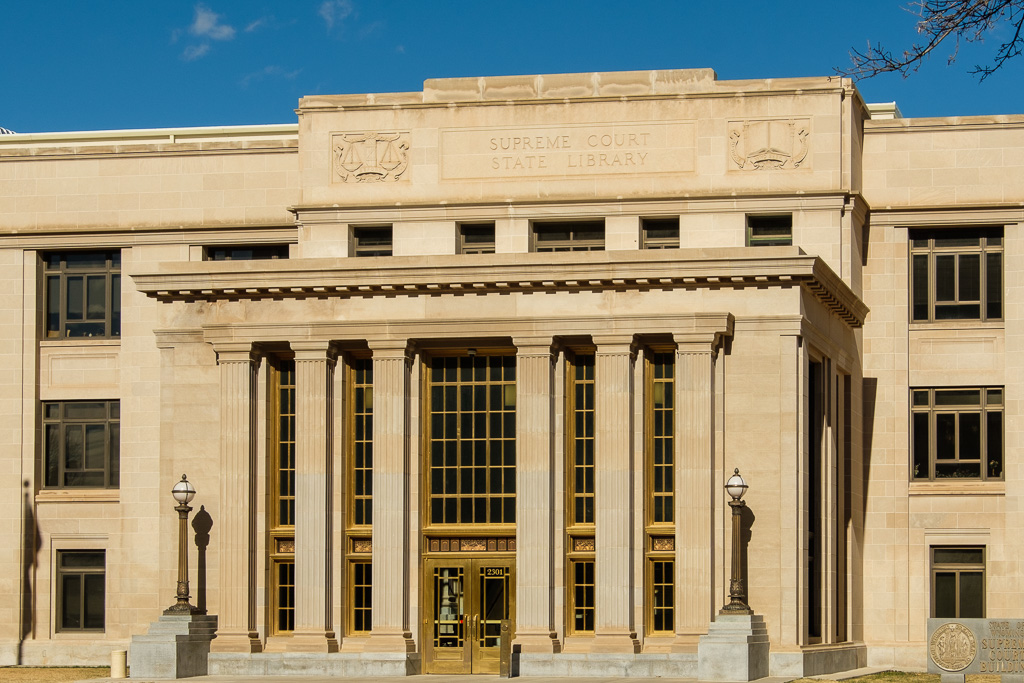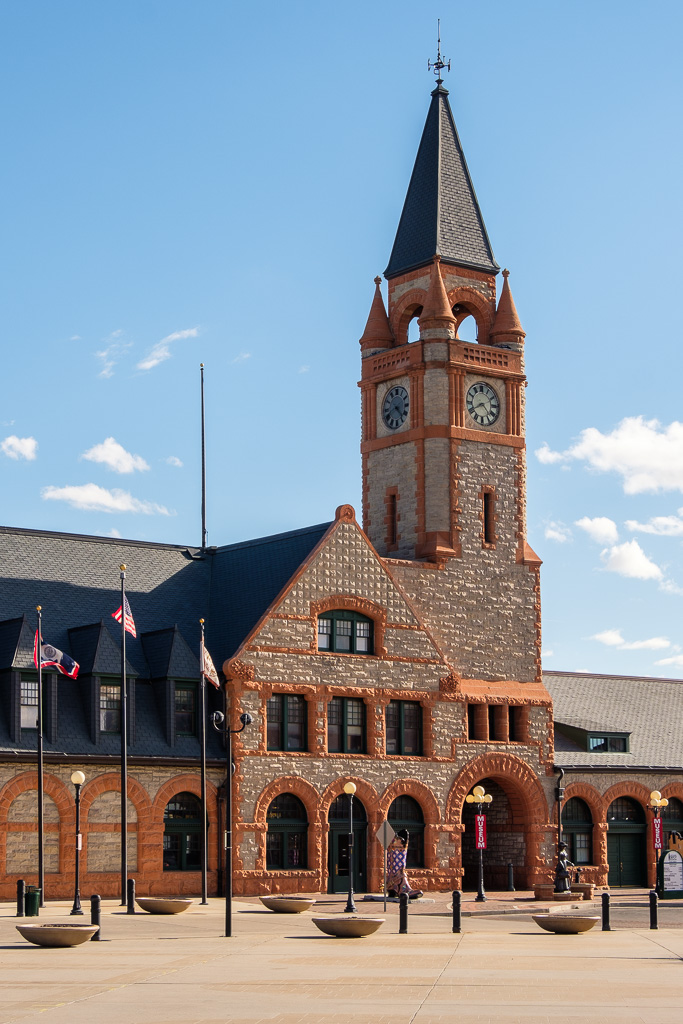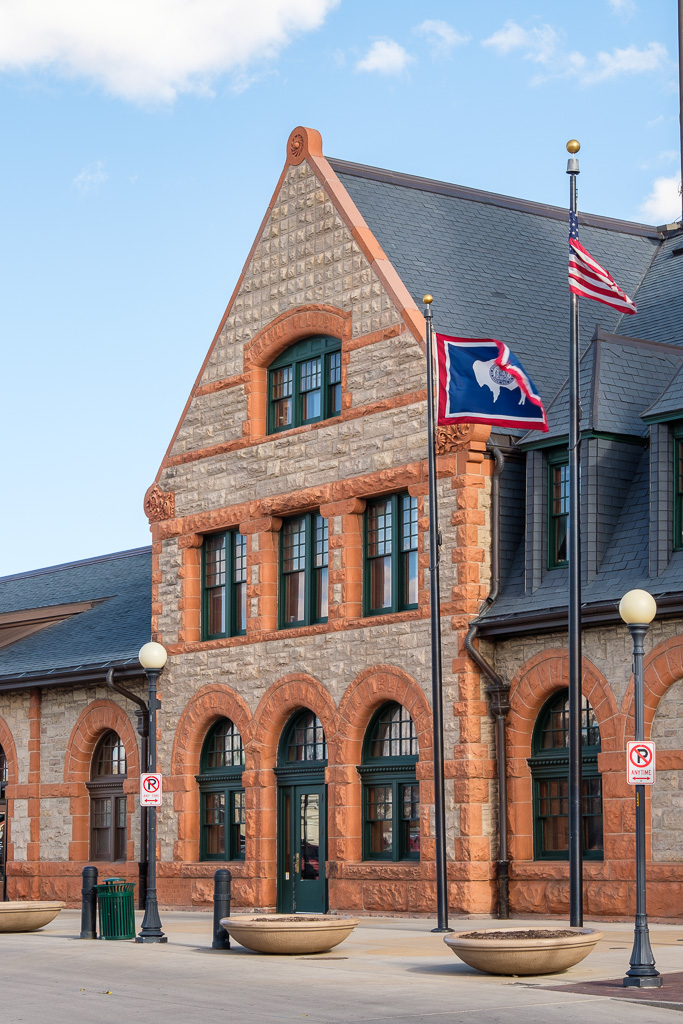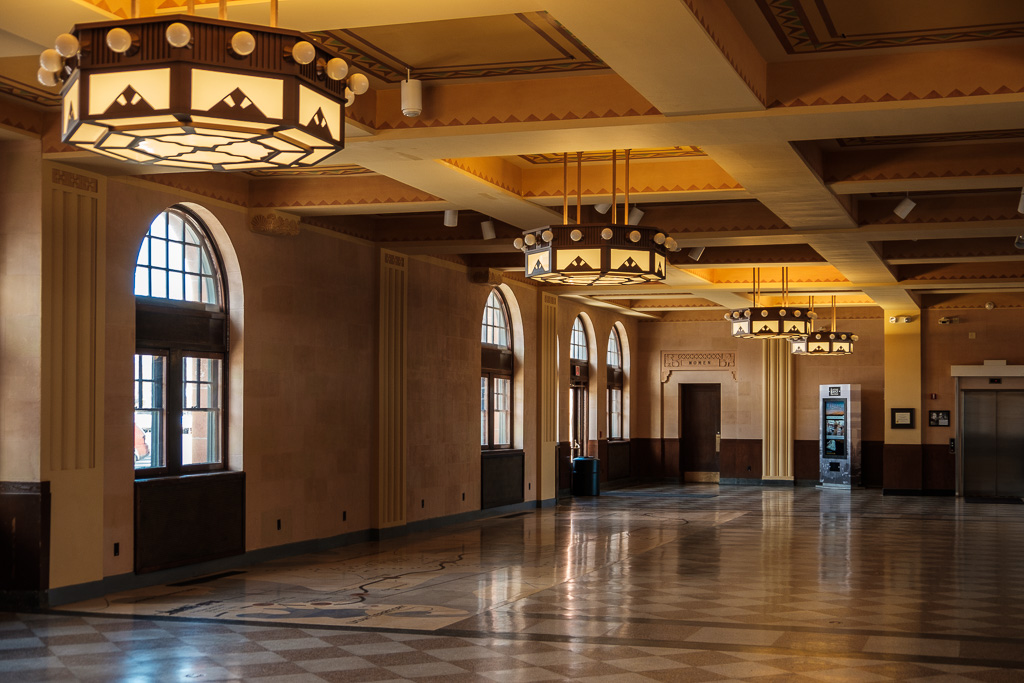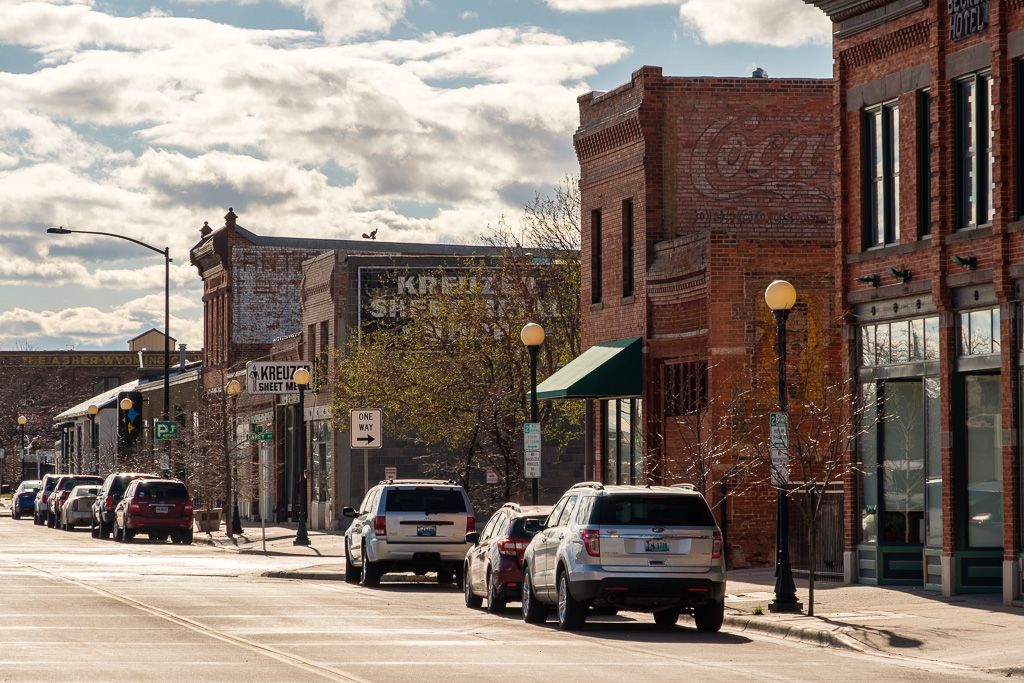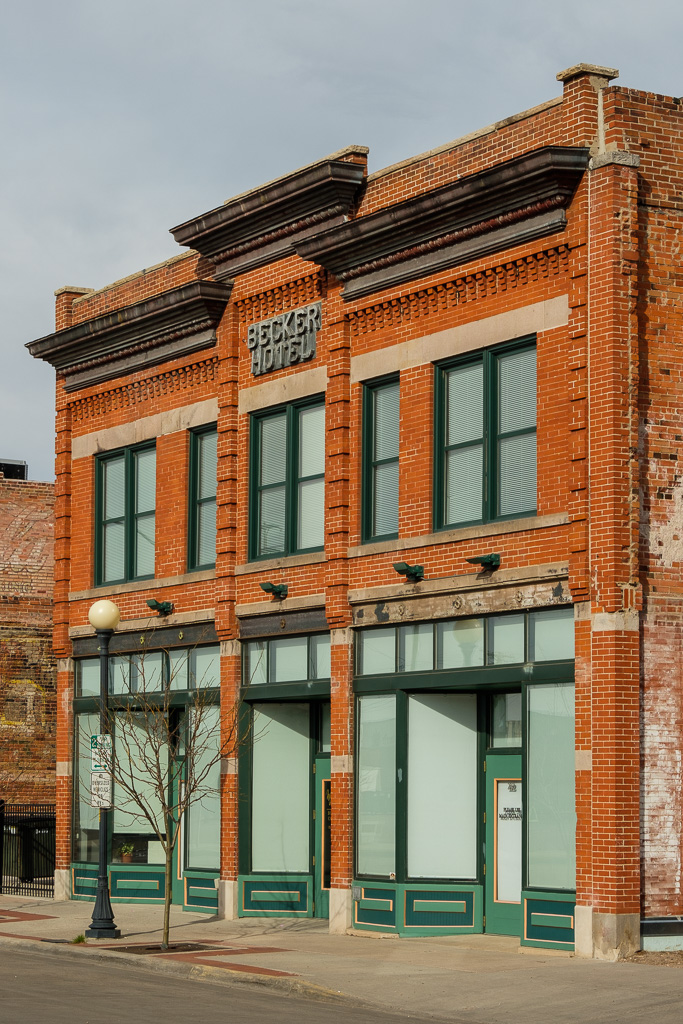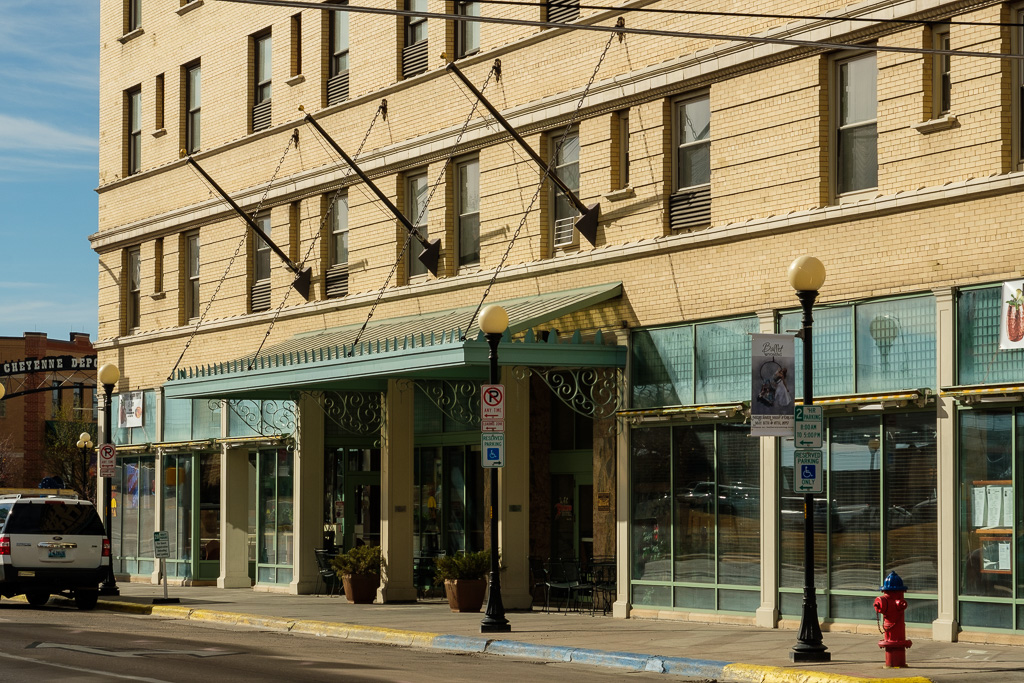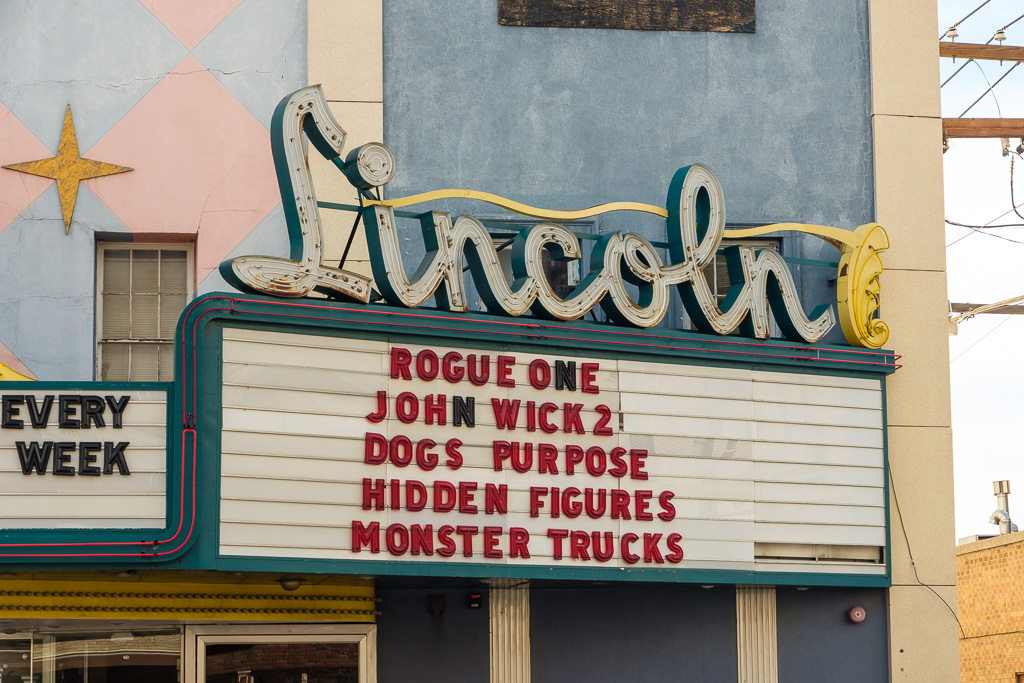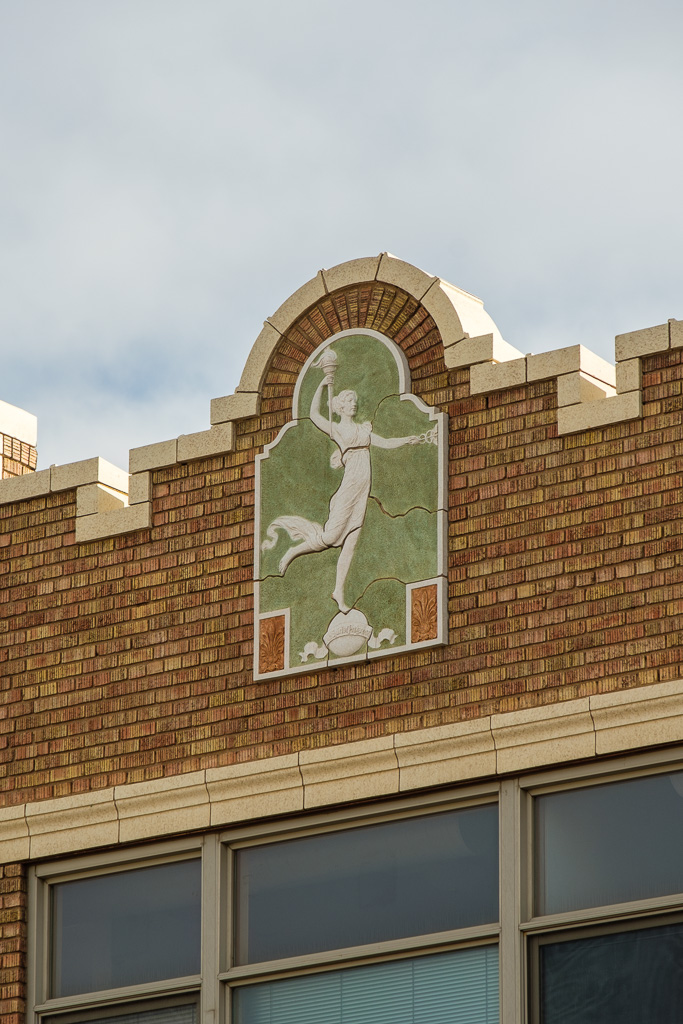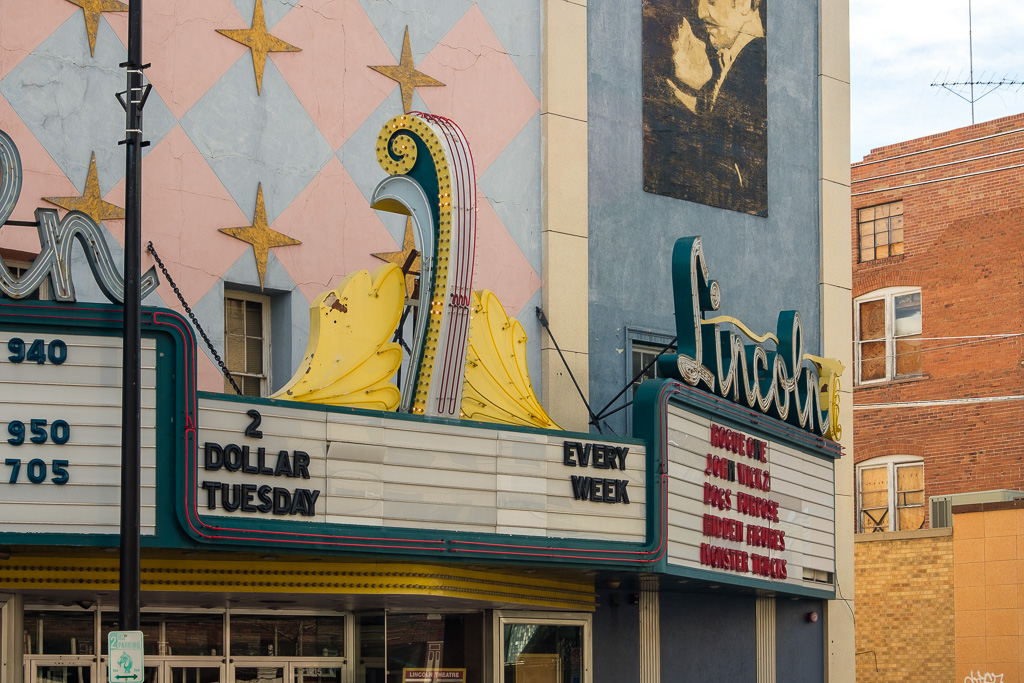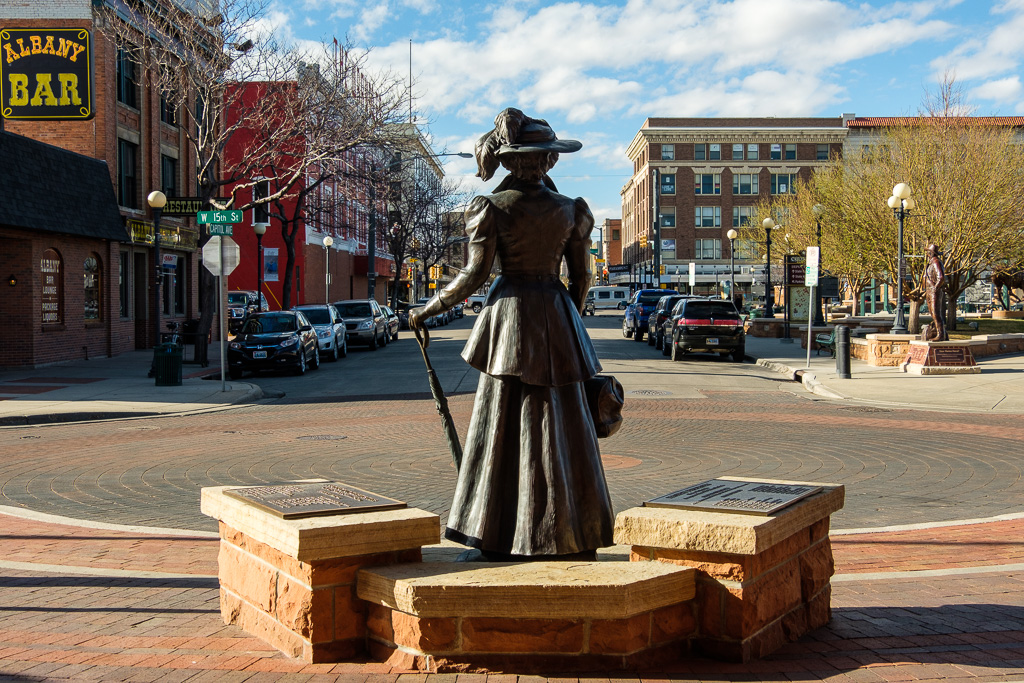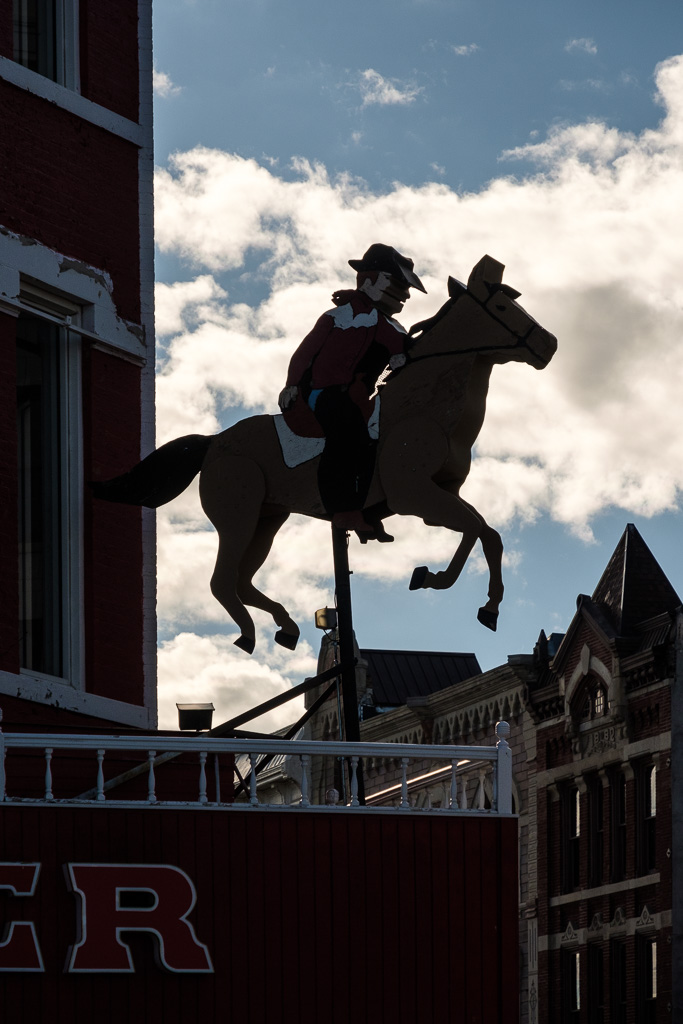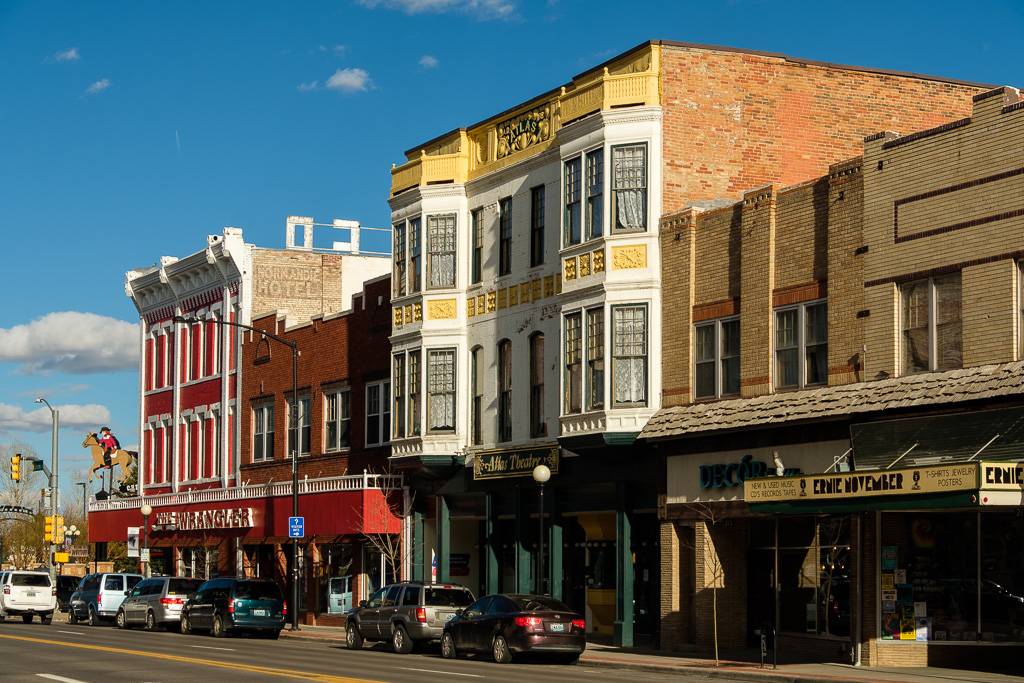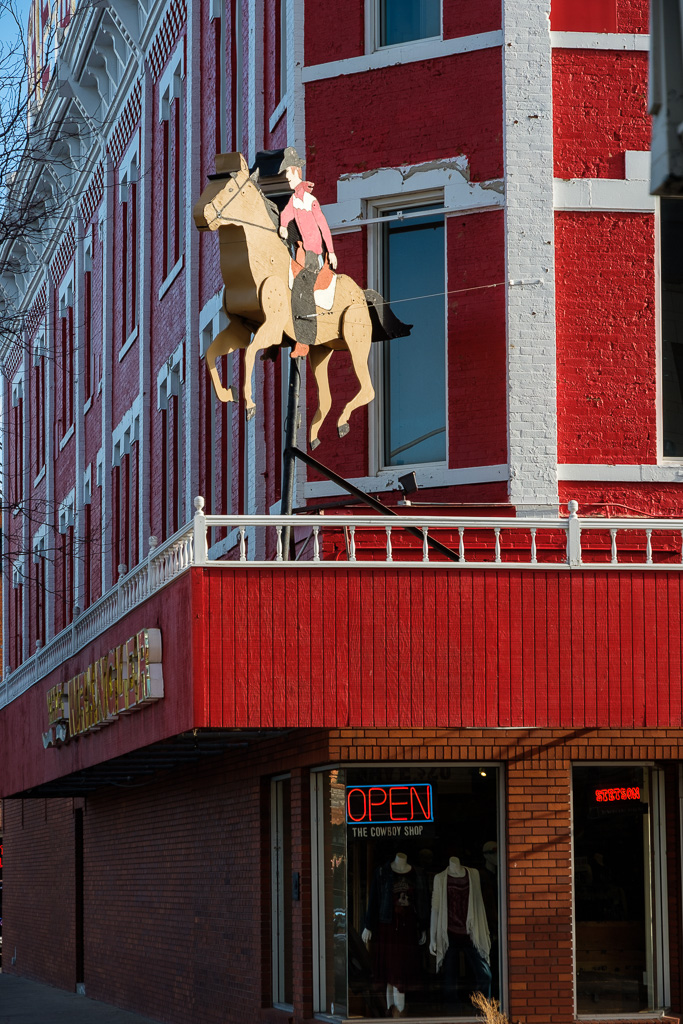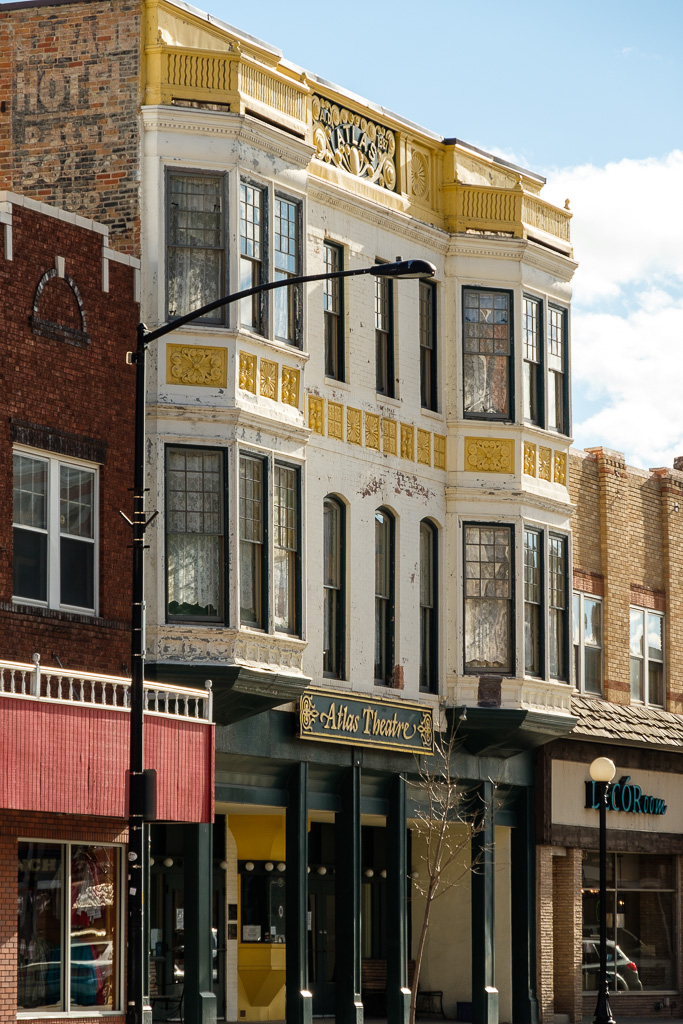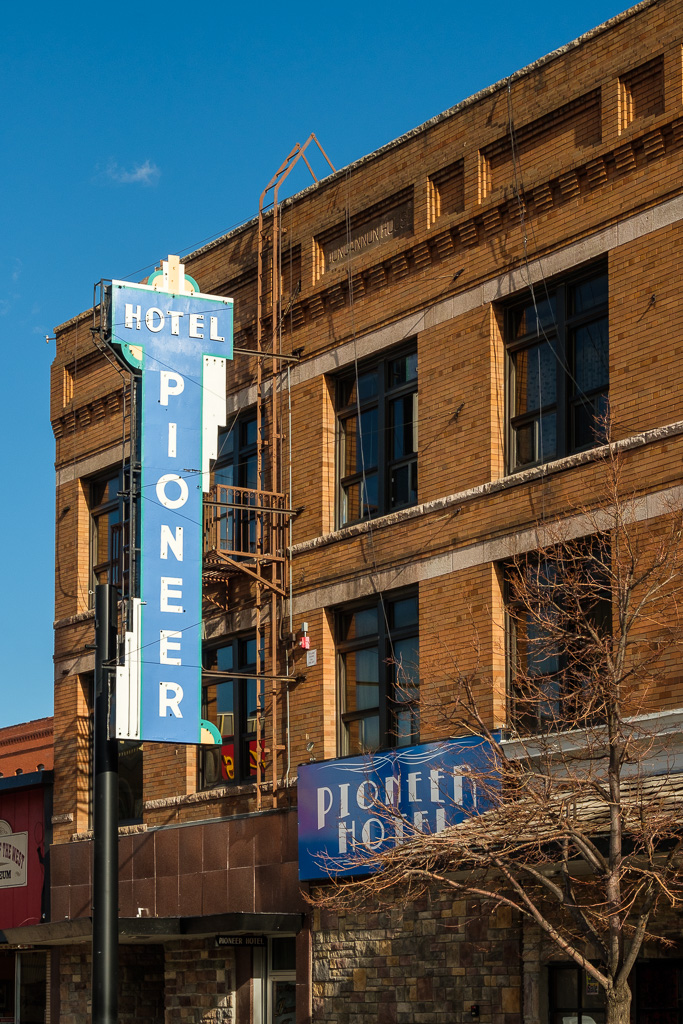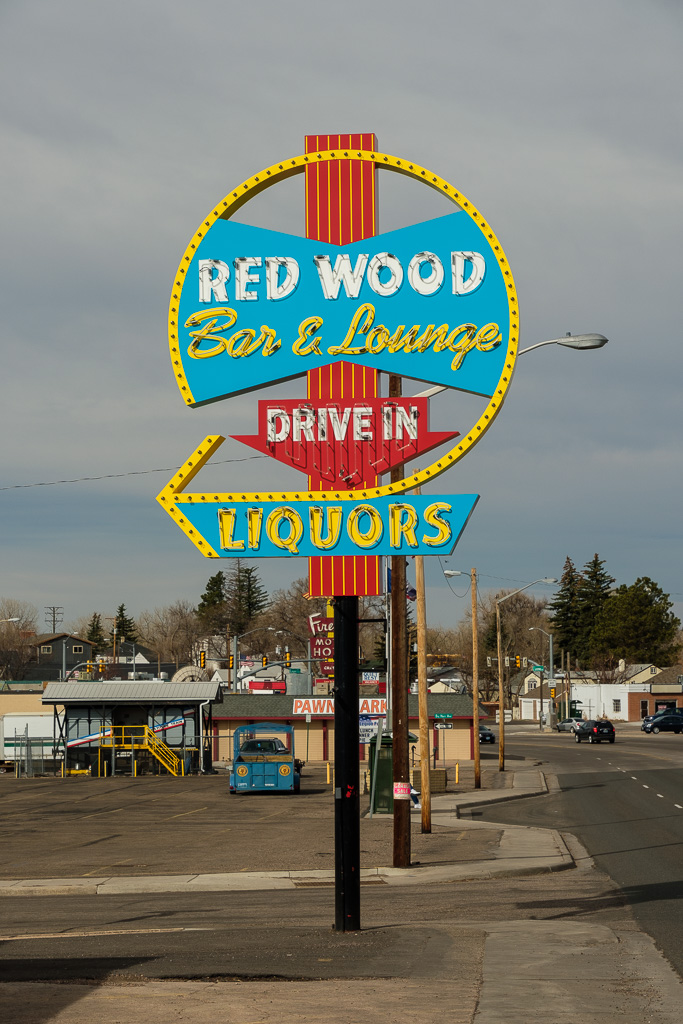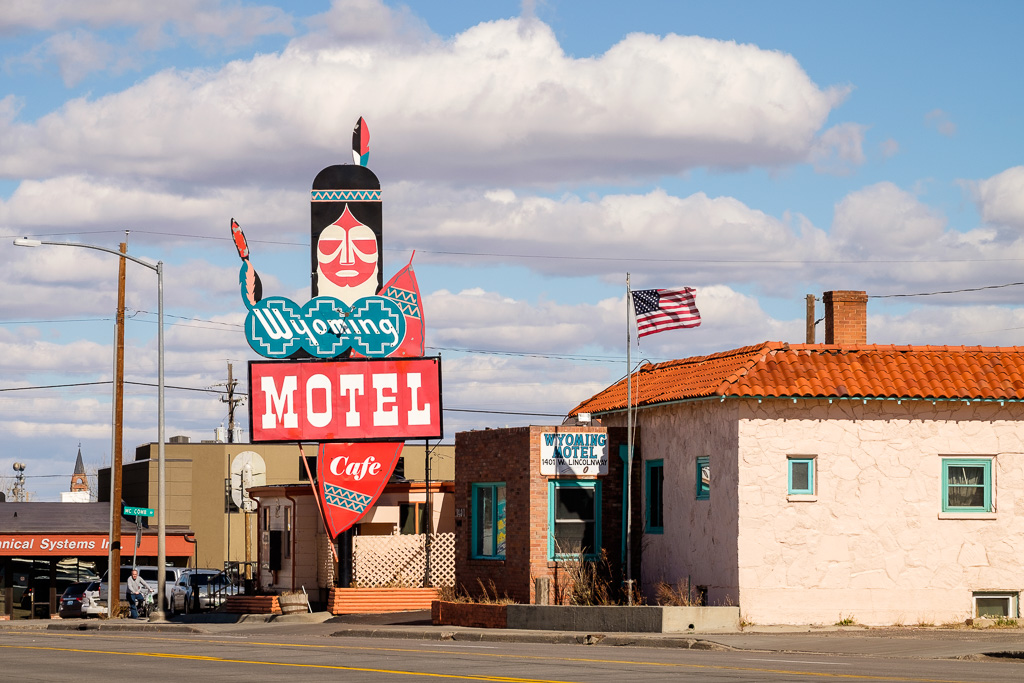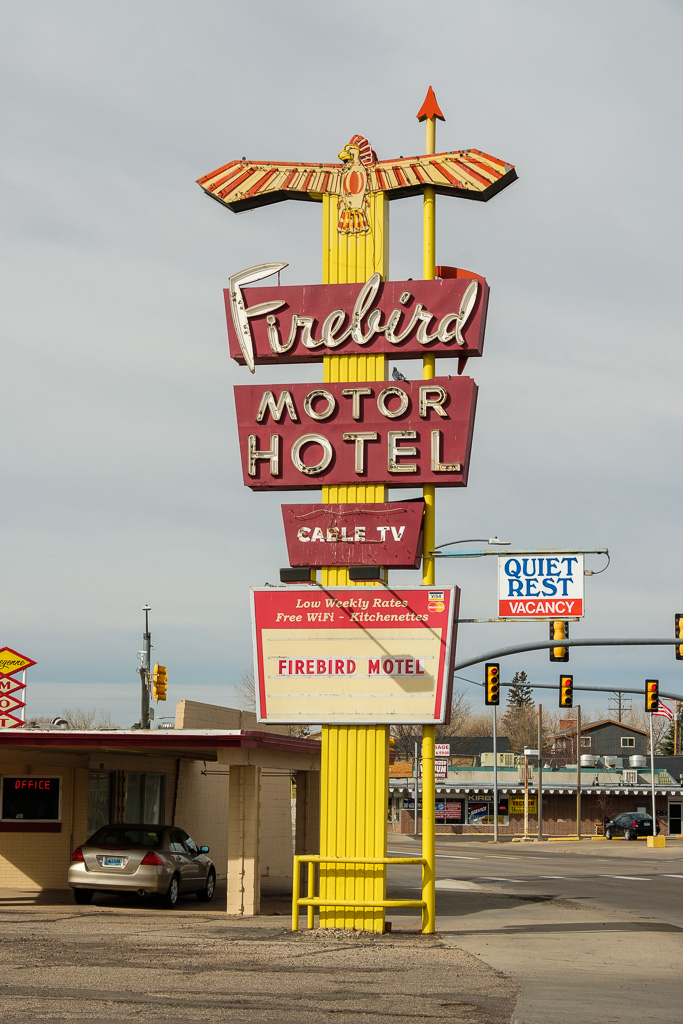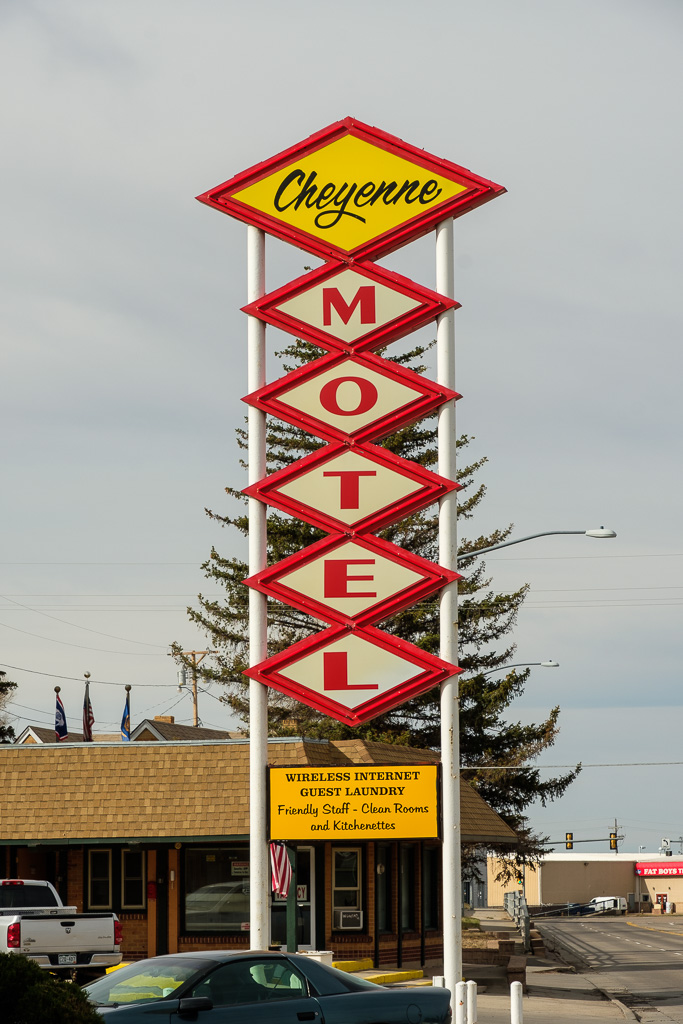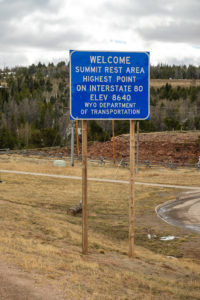 Laramie (population 31,814) is Wyoming’s third largest city after Cheyenne (population 62,448) and Casper (population 59,628). It’s home to the University of Wyoming (founded in March 1886), which happens to be the only university in Wyoming. Go Cowboys! Go Cowgirls! (That’s what their sports teams are called.) Their official song is “Ragtime Cowboy Joe”. Click here for a virtual tour.
Laramie (population 31,814) is Wyoming’s third largest city after Cheyenne (population 62,448) and Casper (population 59,628). It’s home to the University of Wyoming (founded in March 1886), which happens to be the only university in Wyoming. Go Cowboys! Go Cowgirls! (That’s what their sports teams are called.) Their official song is “Ragtime Cowboy Joe”. Click here for a virtual tour.
It was a very enjoyable stop. The old downtown seems to be in reasonably good shape, and there were people out and about. It definitely gets on my PAW list of cities on my journeys in the USA. (“PAW” = punching above weight.) Usually, the presence of a university or college seems to be a big economic shot in the arm for these smaller cities I visit.
Like Cheyenne it is a railroad town (but not nearly as important as Cheyenne was and still is to railroading).
Read here about the Ivinson Mansion (1892), now the Laramie Plains Museum. Read more about Laramie and its “tactical urbanism” here.
On the drive to my destination for the night, Cheyenne, I stopped at the Henry Joy monument commemorating the first president of the Lincoln Highway Association. It’s at the highest point of the Lincoln (and today’s I-80). Next to it is a giant Lincoln monument (1959) by Robert Russin, an art professor at the University of Wyoming. That shot of I-80 over the summit was taken from the rest stop by the two Lincoln Highway monuments.
The final stop of the day was Cheyenne, Wyoming’s capital city. It is considered the nation’s rodeo and railroad capital. They have an annual event called Cheyenne Frontier Days every July.
Cheyenne – meh. Laramie spoiled me. Cheyenne did have its moments. The downtown has a wealth of historic architecture. The old Lincoln Theater is a beauty. The Cheyenne Depot and Depot Museum (at the former Union Pacific Depot), 1887, is one of the last of the grand 19th century depots remaining from the transcontinental railroad. It is said to be one of the most beautiful railroad stations in North America. That was the best stop in Cheyenne.
There are some beautiful old homes and churches in the historic district near the downtown. There are several surviving hotels from the Lincoln Highway era.
Both on the approach to the downtown and as I exited there was a lot of classic signage.
The Wyoming State Capitol is currently closed for renovations (until 2019) and was pretty much off limits. I managed a decent shot from the distance; it was hard to get close. The buildings were mostly wrapped in white plastic protective sheeting, and the grounds were fenced off.
Generally, however, Cheyenne didn’t really grab me. I saw a lot of transients and homeless, and the downtown had an unsafe feeling to it. It didn’t help that at one point this deranged person was screaming at me while I was taking a picture of the old Wrangler building. My heart goes out to her – I don’t know her story – but it is very unnerving and disturbing just the same. The older districts with the historic homes were pretty run down. The center city seems to be struggling; I saw a lot of closed businesses, and there were not so many people out on the streets. Cheyenne just didn’t seem to have the magic sauce.
I don’t mean to single out Cheyenne. In all fairness, walk around the downtown of another capital city, Sacramento, California, for example. That’s a very troubled downtown in many ways (with a far larger transient and homeless population), and it is a much more prosperous state. On the outward bound drive I did an overnight in Springfield, Illinois, and the central business district in that capital city in that much larger state has its challenges, too. Cheyenne’s issues are not unique.
I decided the next morning to get an early start for Nebraska and not linger. In contrast to Laramie, I just wasn’t enjoying the visit in Cheyenne. Apologies to end the Wyoming drive on this somewhat down note. I do try to keep these posts happy and upbeat, but sometimes the reality of urban America in the new millennium intrudes.
So Wyoming is a wrap. Next post: the Cornhusker State, Nebraska.

